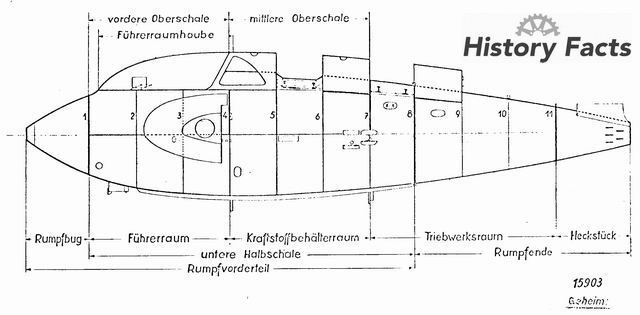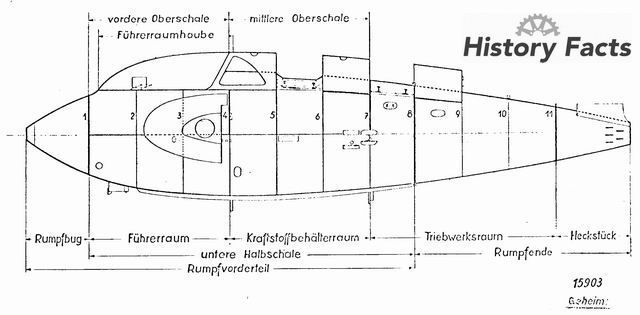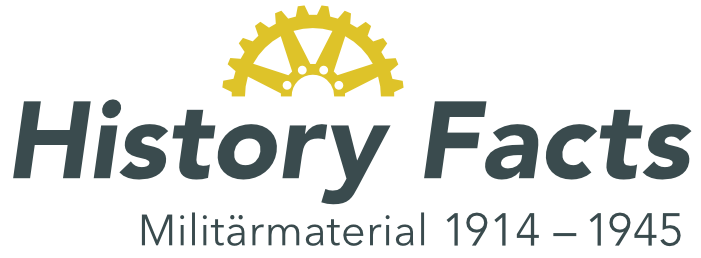Pictures provided by History Facts Archive
In this section we offer pictures for personal use (click on a picture below and a pop-up window will open, including a big picture that can be printed in a good quality).
We provide pictures that, we are convinced,
• closes knowledge gaps
• provides background information
• facilitates access to information
• Is interesting or maybe even amusing, or that may be food for thought
In addition we can provide you with additional pictures and documents for a fee. Please let us know what you are looking for.
We provide pictures that, we are convinced,
• closes knowledge gaps
• provides background information
• facilitates access to information
• Is interesting or maybe even amusing, or that may be food for thought
In addition we can provide you with additional pictures and documents for a fee. Please let us know what you are looking for.
Front and rear side from two cigarette cards of the series "The German Wehrmacht":
Nr. 121 , Panzerkampfwagen [Tanks]
Nr. 128, Aufklärungsabteilung [Reconnessaince battalion]
Comparable with todays footballcards or other collectible cards. Published by the tobacco manufacturer Eckstein- Halpaus in Dresden. (HF)
Nr. 121 , Panzerkampfwagen [Tanks]
Nr. 128, Aufklärungsabteilung [Reconnessaince battalion]
Comparable with todays footballcards or other collectible cards. Published by the tobacco manufacturer Eckstein- Halpaus in Dresden. (HF)
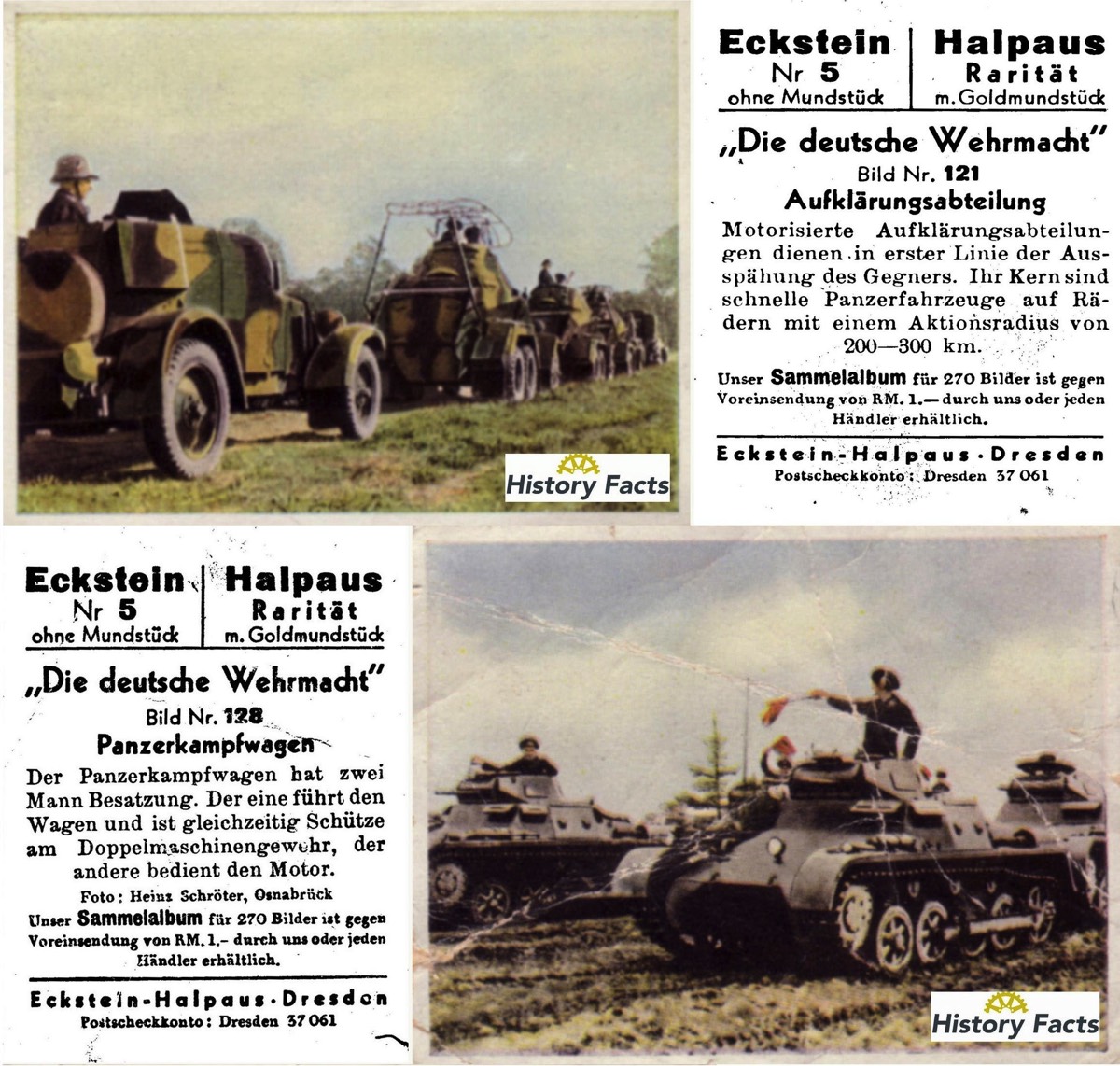
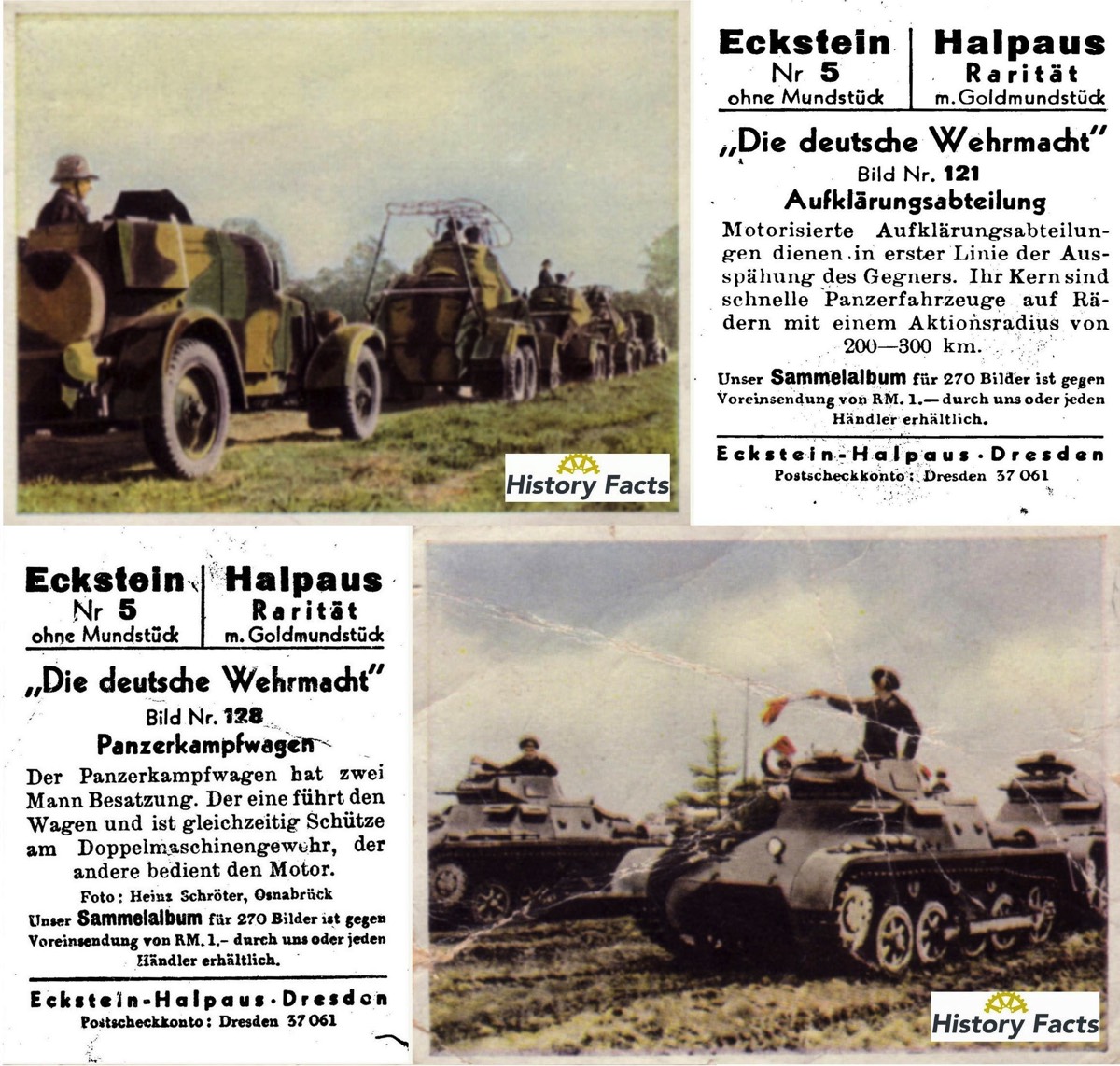
Infantrymen dismounting from their SdKfz 251 model B.
(HF)
(HF)
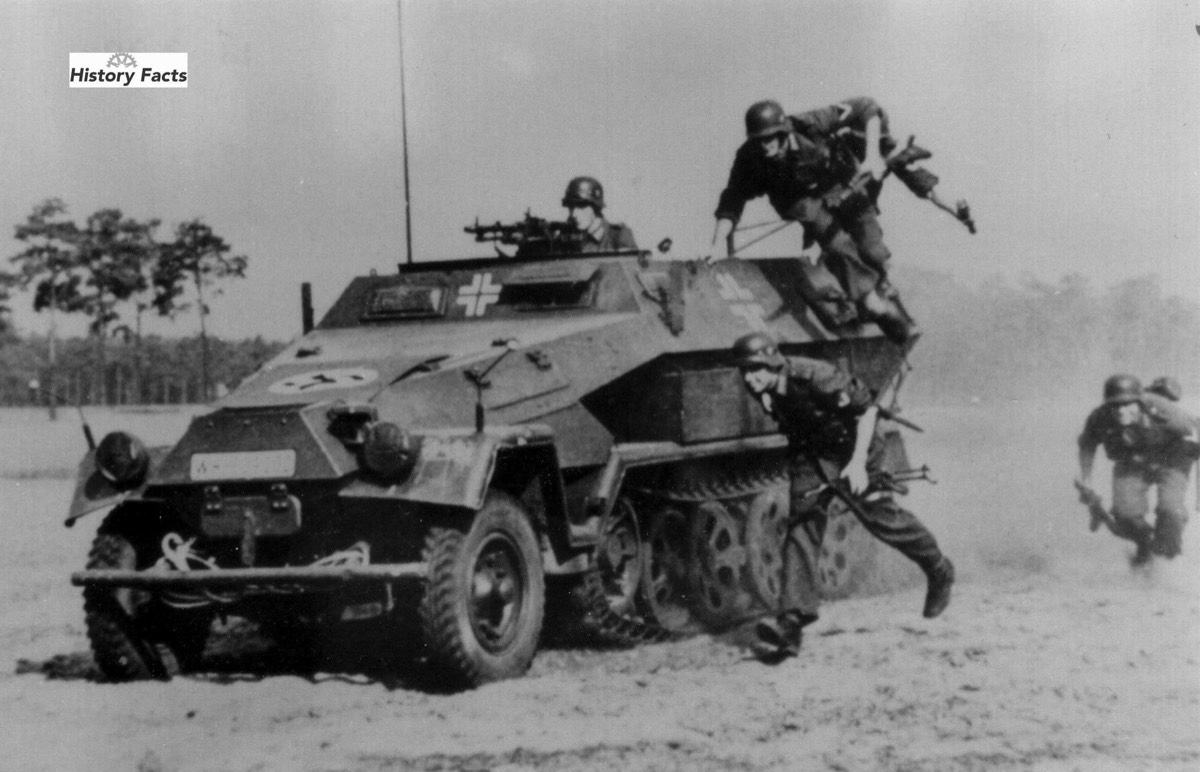
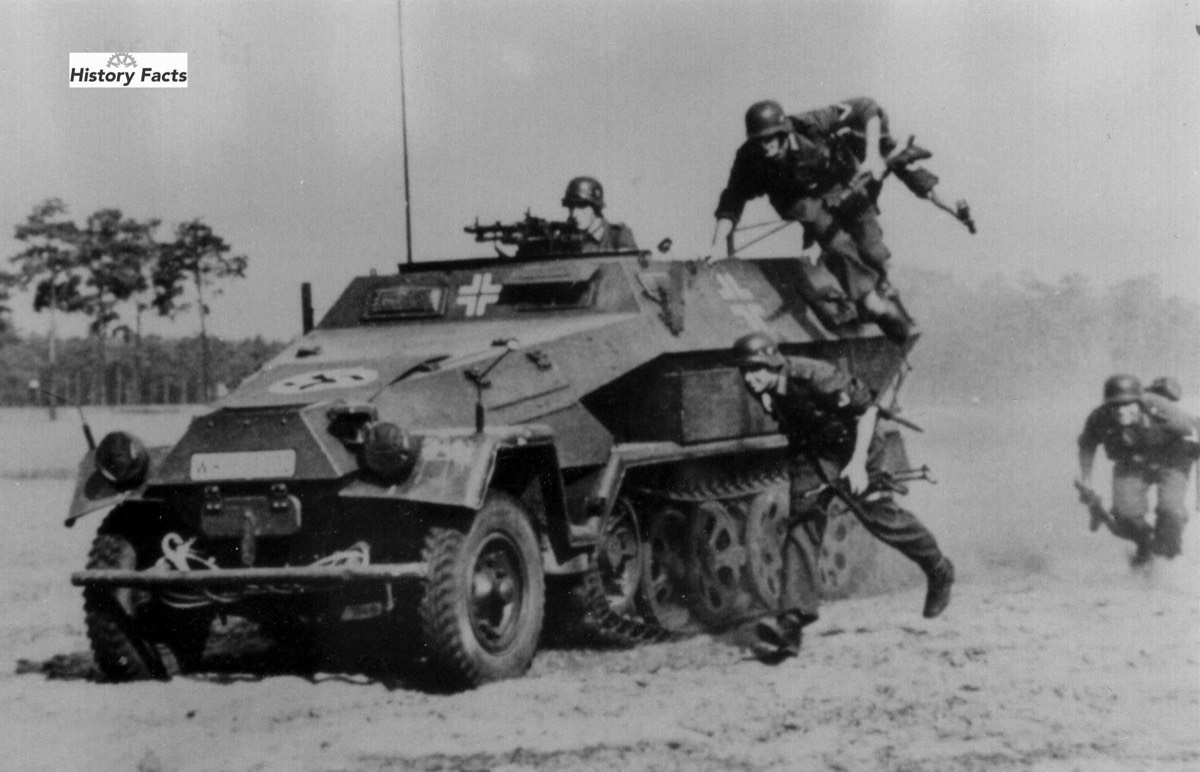
View into the turret of a PzKpfw III model H through the right turret hatch.
Note the various color schemes of the parts in the turret. The large surfaces were kept in off-white in order to keep the interior light. (HF)
Note the various color schemes of the parts in the turret. The large surfaces were kept in off-white in order to keep the interior light. (HF)
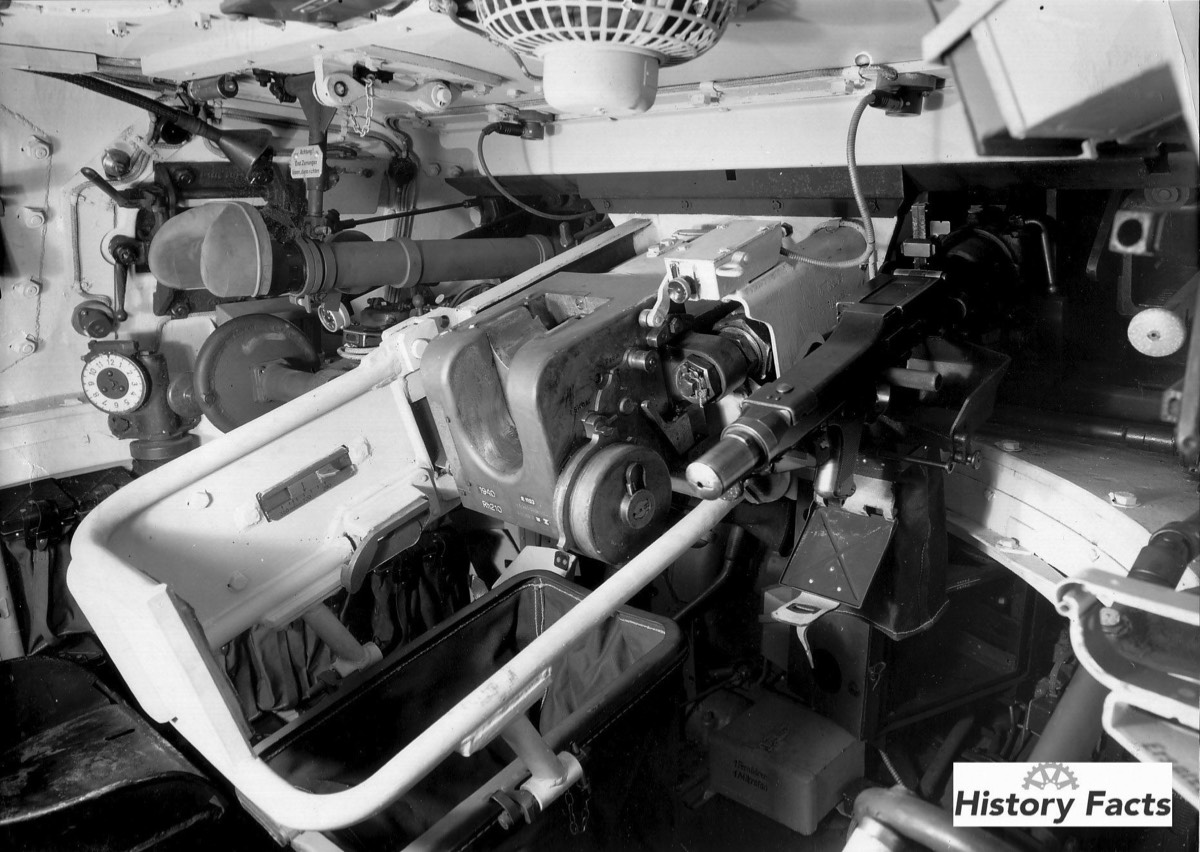
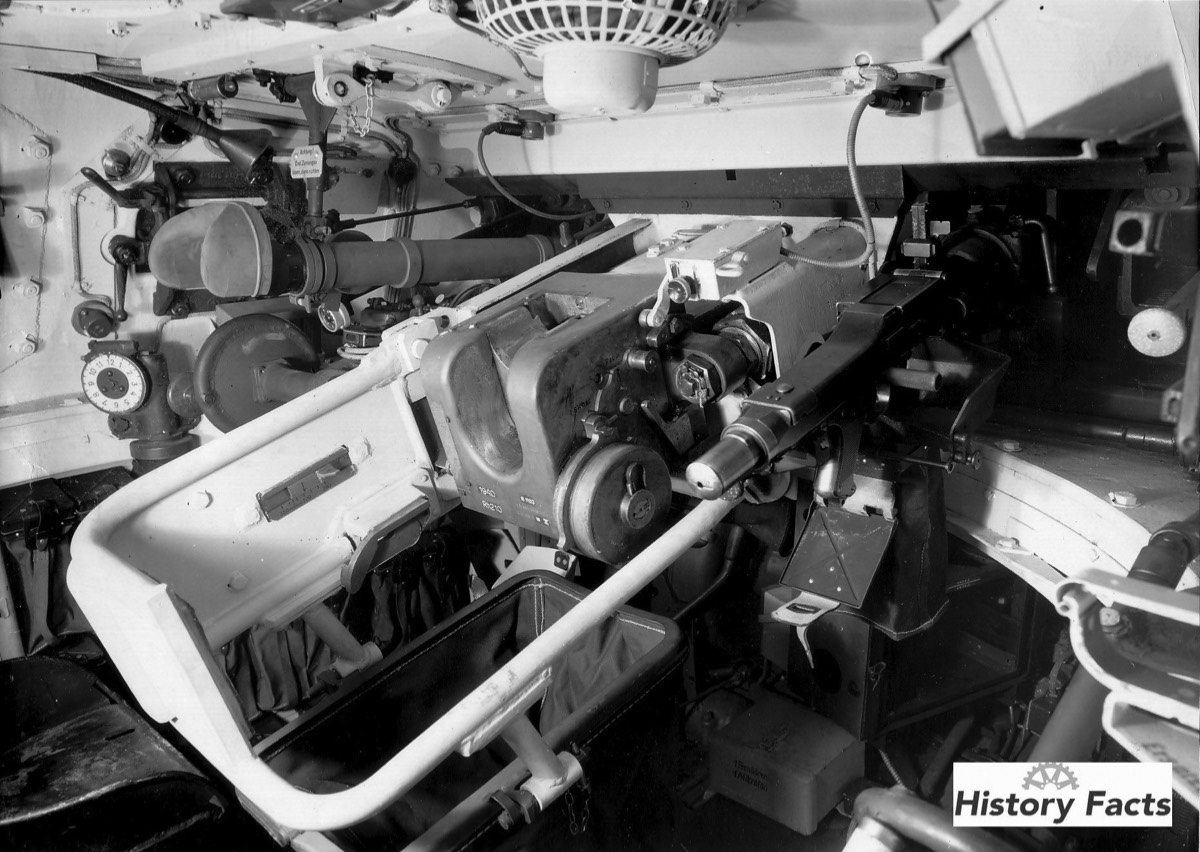
Driver’s seat in a PzKpfw III model L.
Note in particular the illumination of the dashboard by means of 2 bulbs. The picture should be of most interest to model builders. (HF)
Note in particular the illumination of the dashboard by means of 2 bulbs. The picture should be of most interest to model builders. (HF)
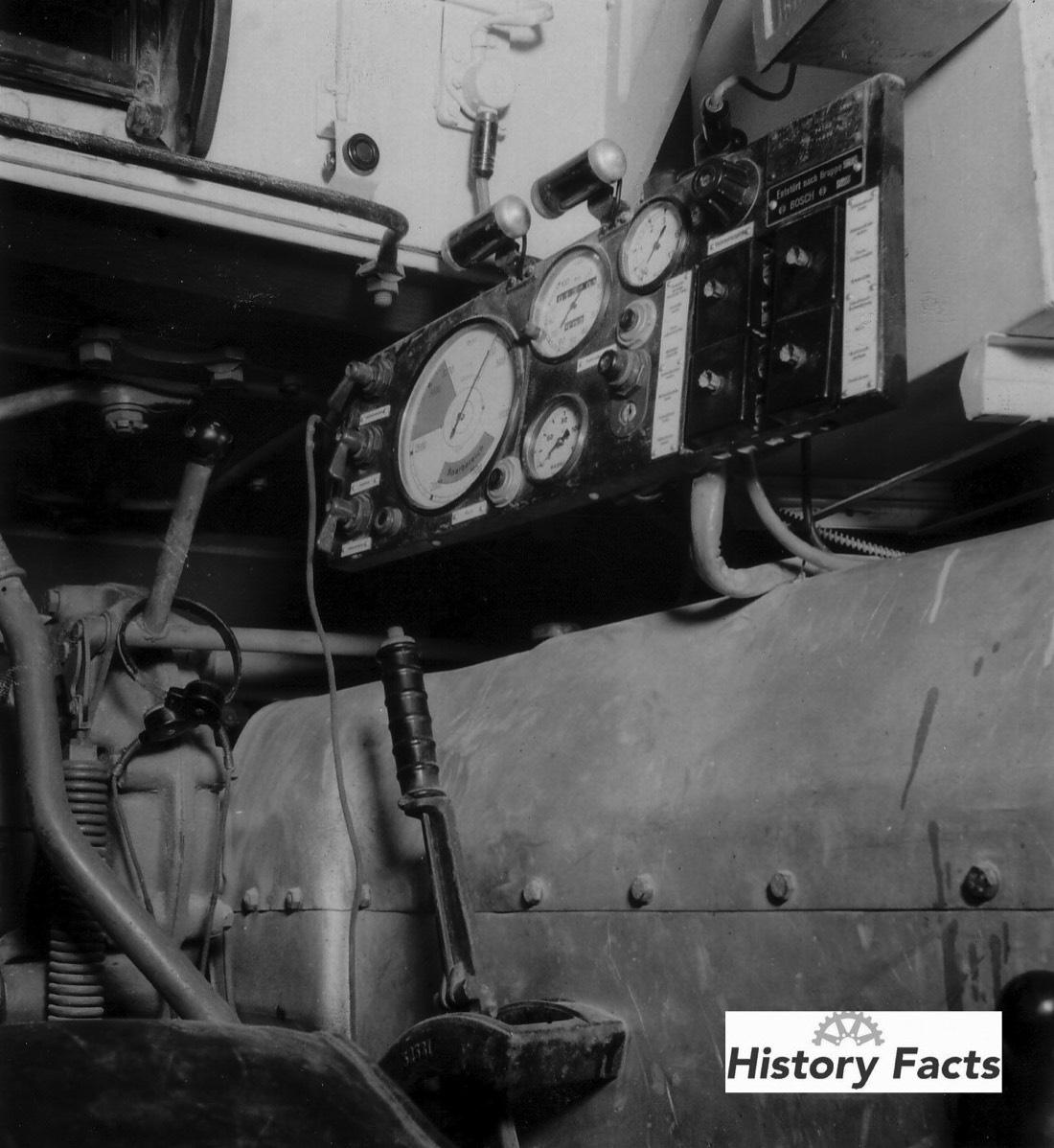
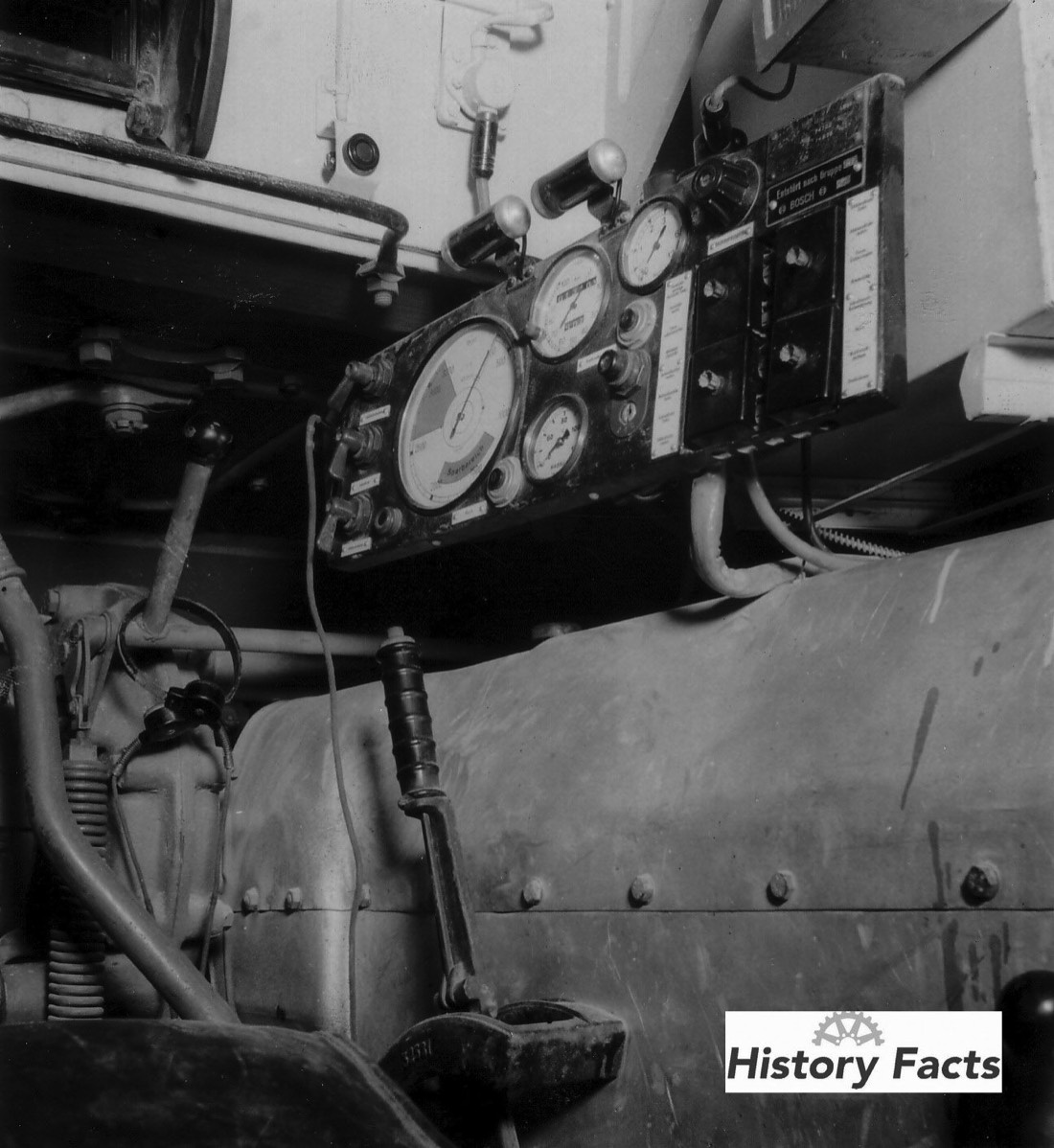
Russian nomenclature: Ranzewüj ognemjot KS-2
German nomenclature: Tornisterflammenwerfer 111 (r ) [Kit bag flame thrower]
Purpose: Attack flame thrower
Weight: 23.2 Kg
Capacities: Flame oil container 10 LNitrogen cylinder 1.3 L
Charge: 50% gasoline, 50% creosote or viscous fuel with OP-2 powder
Range: max. 30 m
Number of flame bursts: 2-3 short bursts or 1 burst lasting 4 seconds
Characteristics: Gun-like jet pipe used by “pulling the trigger”.
Due to insufficient performance it was replaced by the ROKS- 3 which could release a maximum of 10 flame bursts up to 40m.
Kennblätter fremden Gerätes D50/9 Russland 1.2.1942 (HF)
German nomenclature: Tornisterflammenwerfer 111 (r ) [Kit bag flame thrower]
Purpose: Attack flame thrower
Weight: 23.2 Kg
Capacities: Flame oil container 10 LNitrogen cylinder 1.3 L
Charge: 50% gasoline, 50% creosote or viscous fuel with OP-2 powder
Range: max. 30 m
Number of flame bursts: 2-3 short bursts or 1 burst lasting 4 seconds
Characteristics: Gun-like jet pipe used by “pulling the trigger”.
Due to insufficient performance it was replaced by the ROKS- 3 which could release a maximum of 10 flame bursts up to 40m.
Kennblätter fremden Gerätes D50/9 Russland 1.2.1942 (HF)
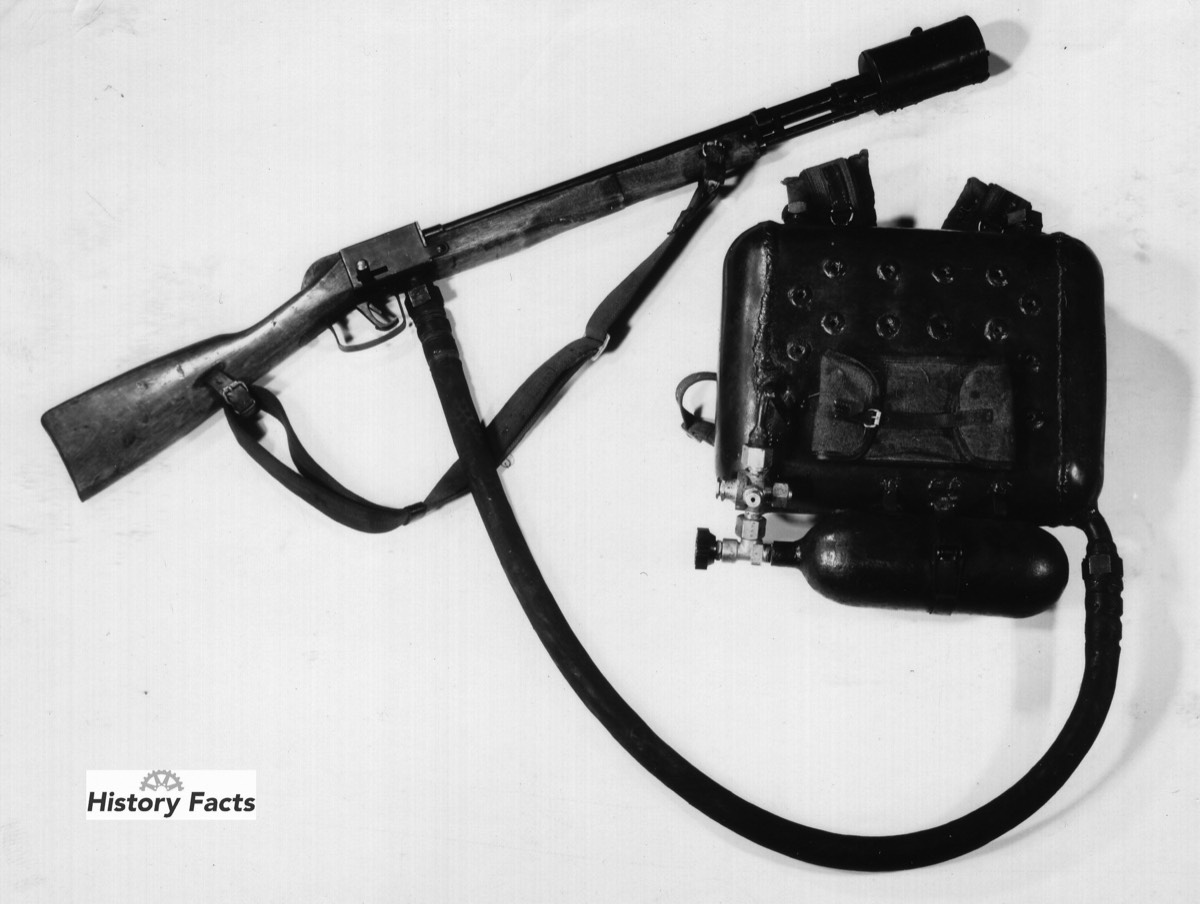
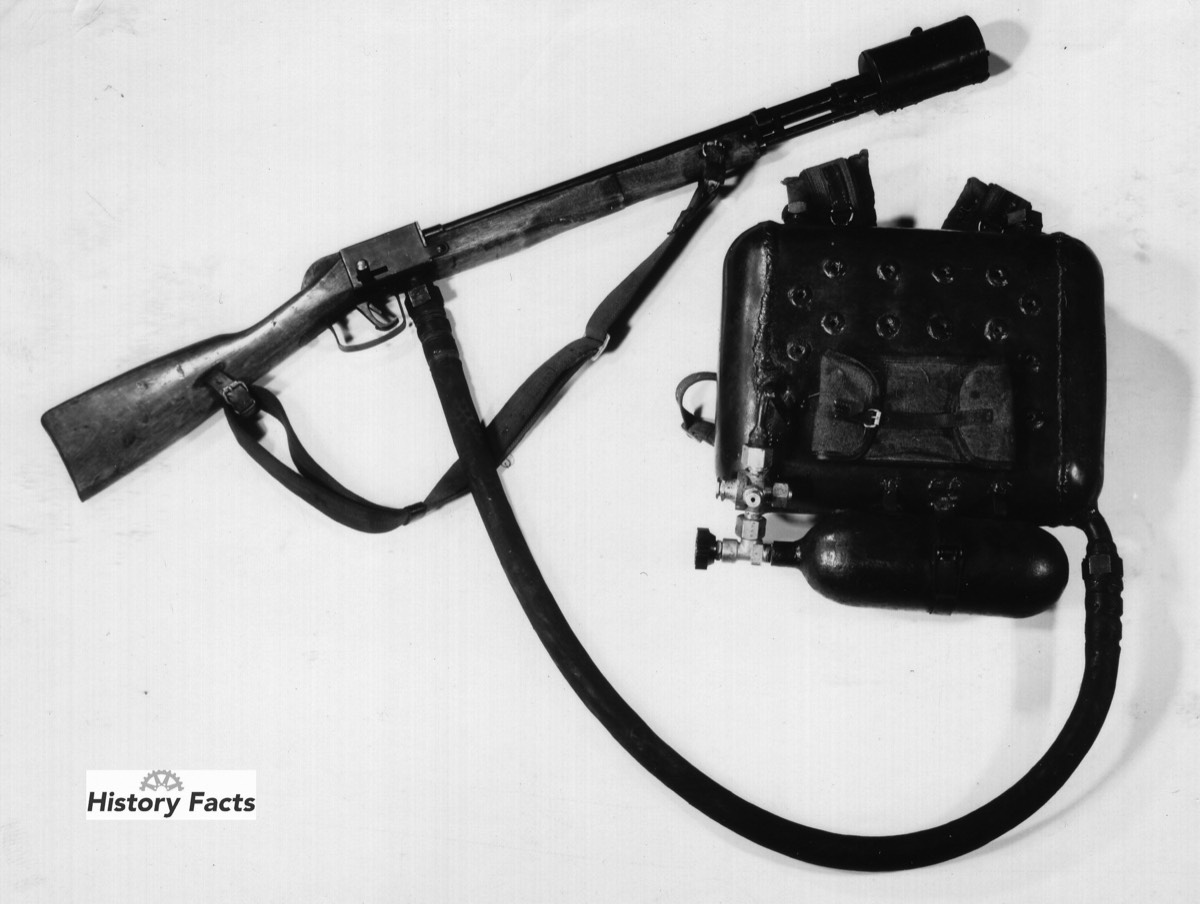
15th battery of artillery regiment 227 lined up ready to march to the eastern front in autumn 1941.
The equipment of the 15th battery AR 227 with self-propelled howitzers comprised mainly of modified British Vickers Mk. VI. Large quantities of these were captured in the French campaign. Under the command of Captain Becker these were equipped with the 10.5 cm light field howitzer 16. In order to cushion the gun’s recoil the chassis was equipped with a rear stabilizer. The 20-mm thick body armor was supplied by the Deutsche Edelstahlwerke [German stainless steel works] in Krefeld. These first self-propelled howitzers gave a very good account of themselves for 18 months on the eastern front. (HF)
The equipment of the 15th battery AR 227 with self-propelled howitzers comprised mainly of modified British Vickers Mk. VI. Large quantities of these were captured in the French campaign. Under the command of Captain Becker these were equipped with the 10.5 cm light field howitzer 16. In order to cushion the gun’s recoil the chassis was equipped with a rear stabilizer. The 20-mm thick body armor was supplied by the Deutsche Edelstahlwerke [German stainless steel works] in Krefeld. These first self-propelled howitzers gave a very good account of themselves for 18 months on the eastern front. (HF)
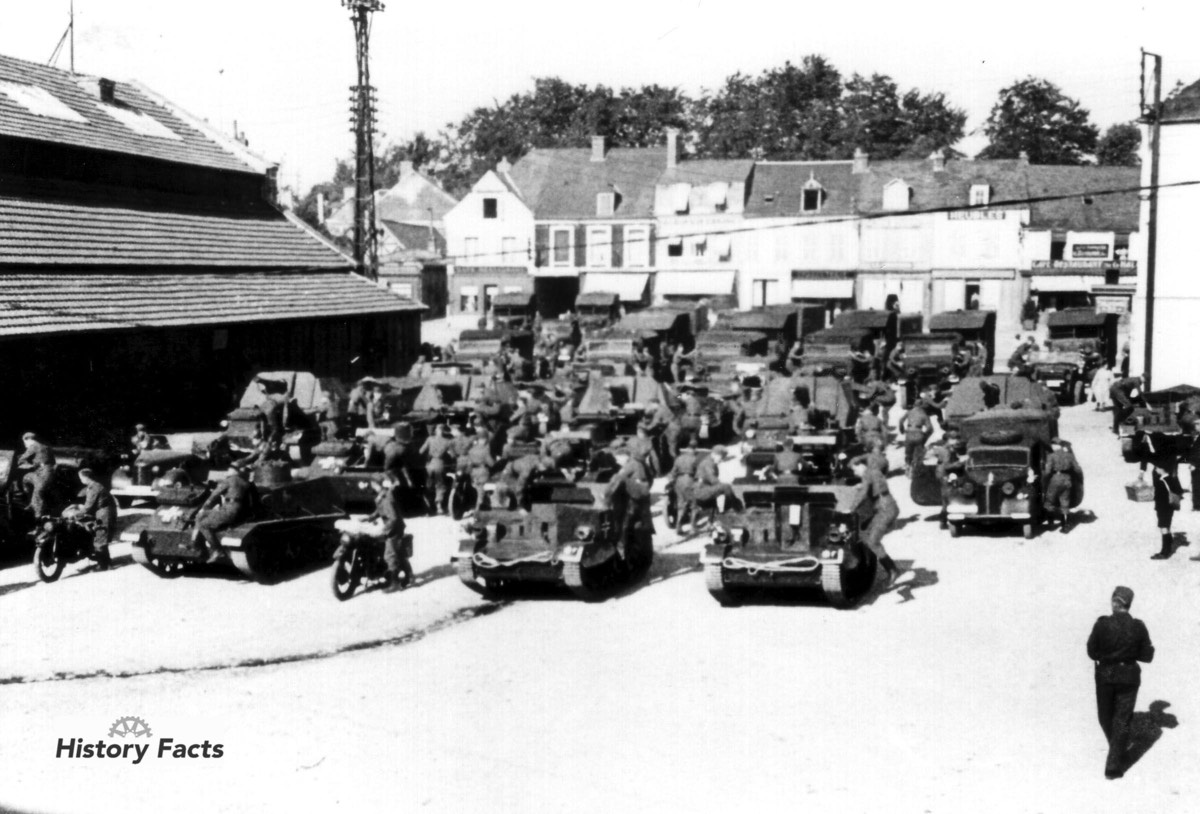
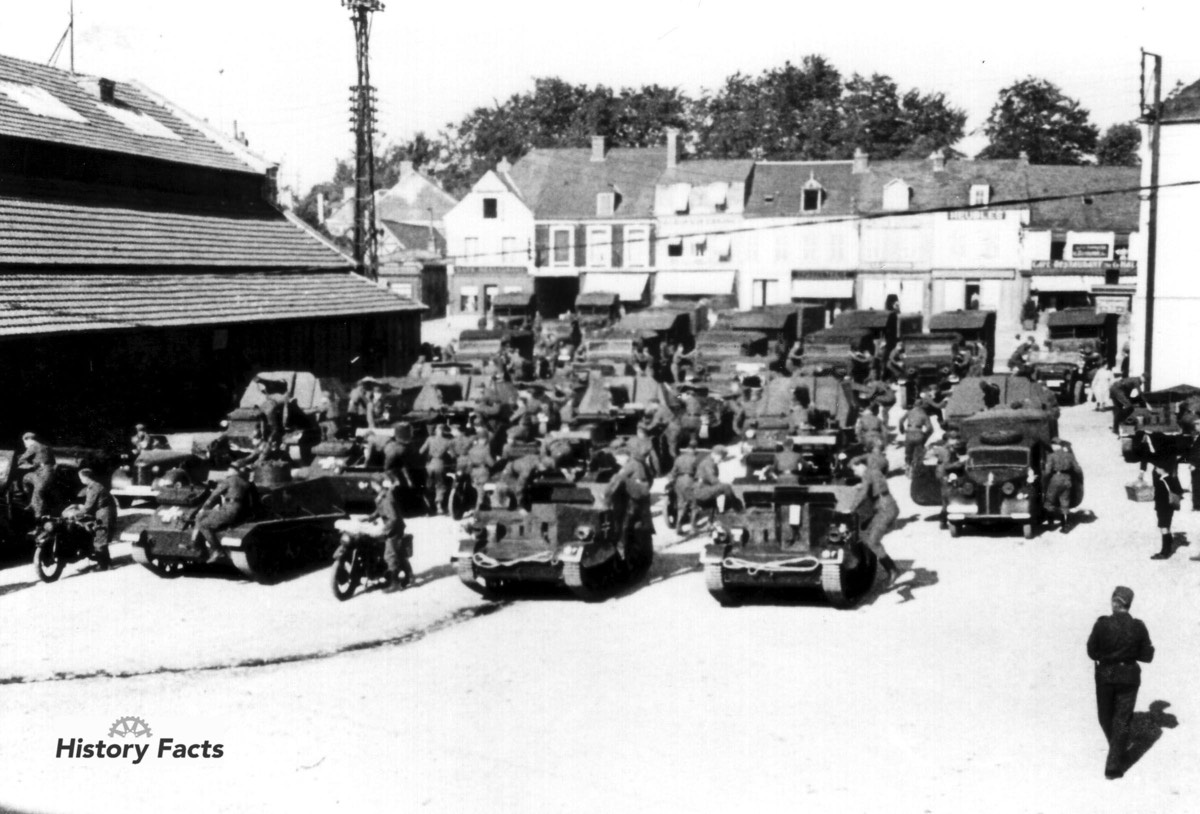
This MK IV has got stuck in the second row of a German trench. The photograph was taken on Nov 20, 1917 (1st day of the battle of Cambrai) just slightly to the west of Ribécourt, approx. 10km southwest of Cambrai. The infantrymen in the picture are from the 1st Leicesters. HF)
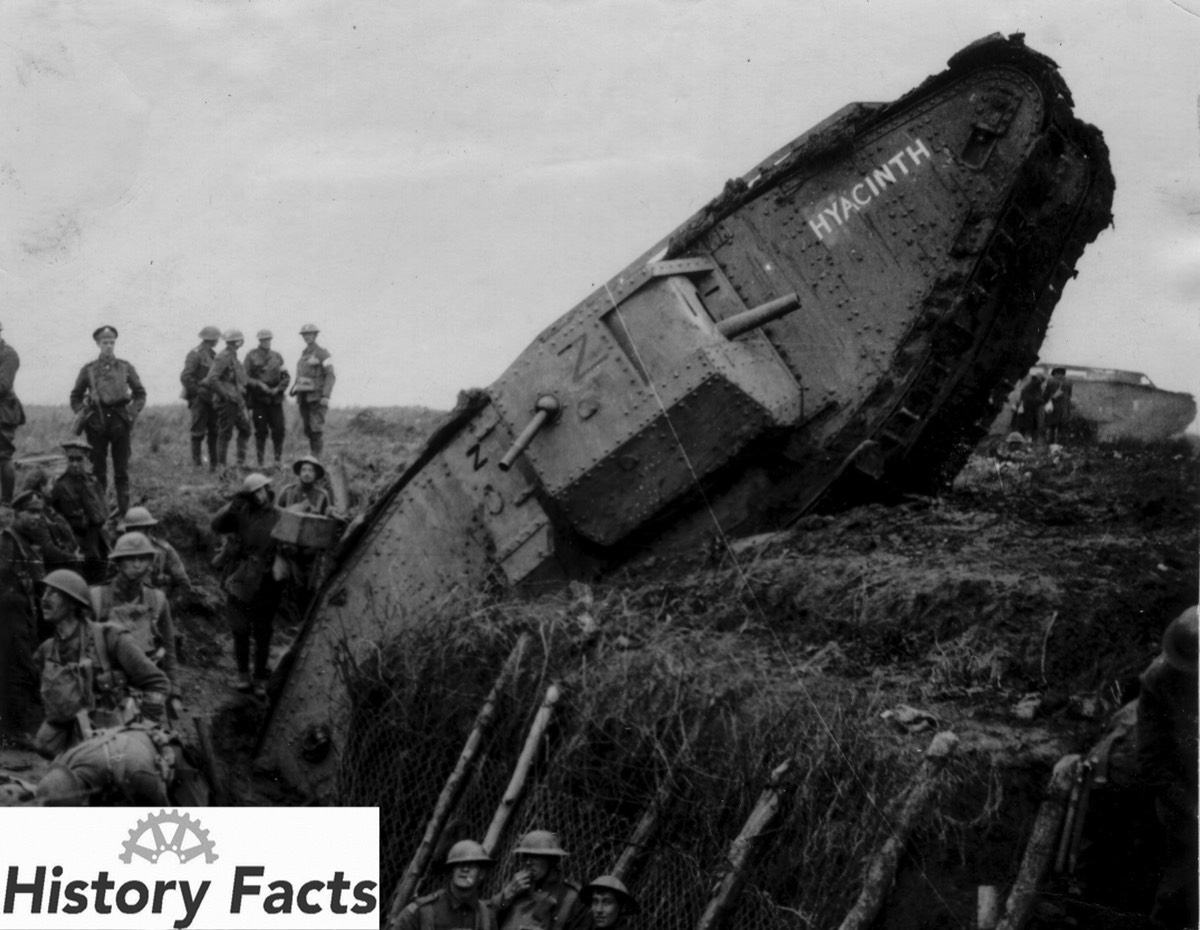
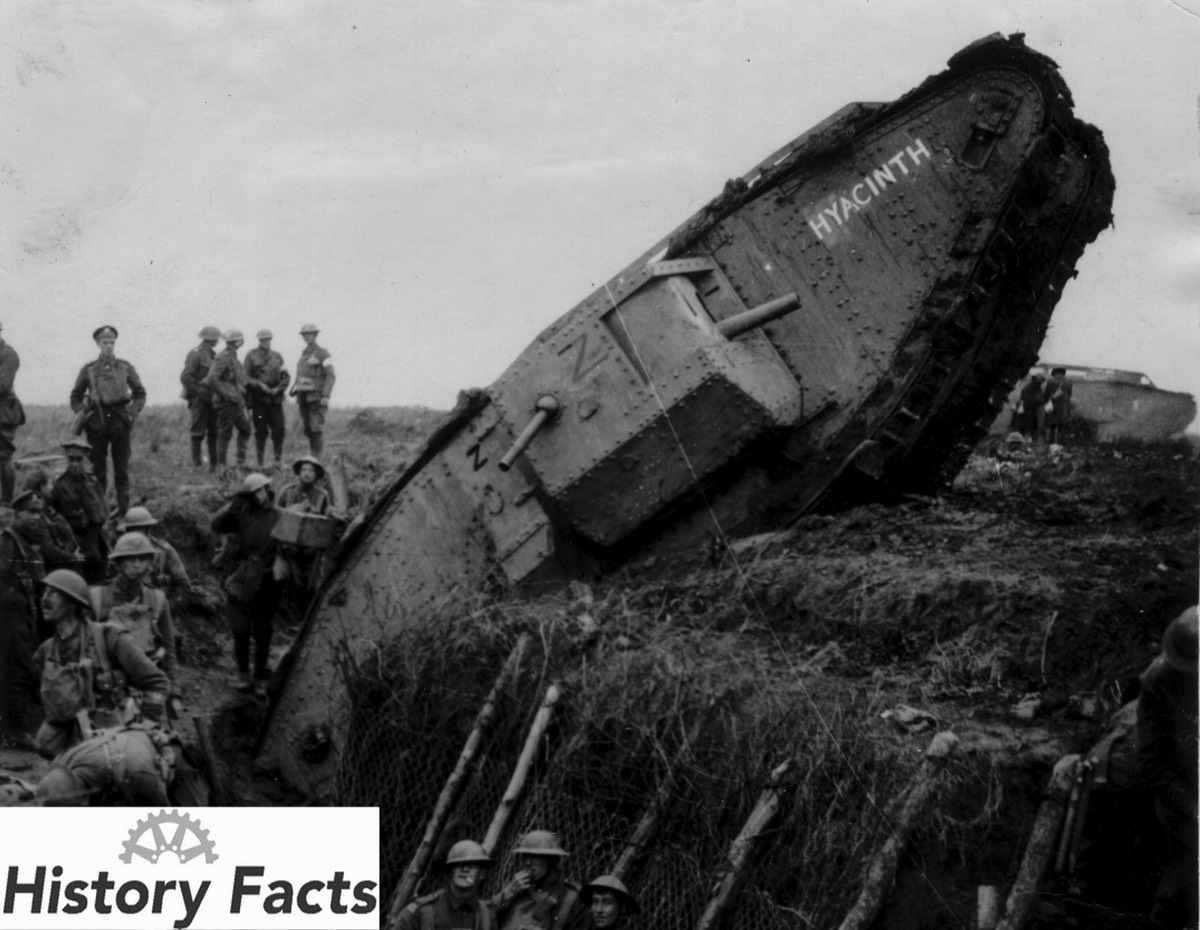
Soviet soldiers with captured German weapons. Note the firing position of the machine gunners! (HF)
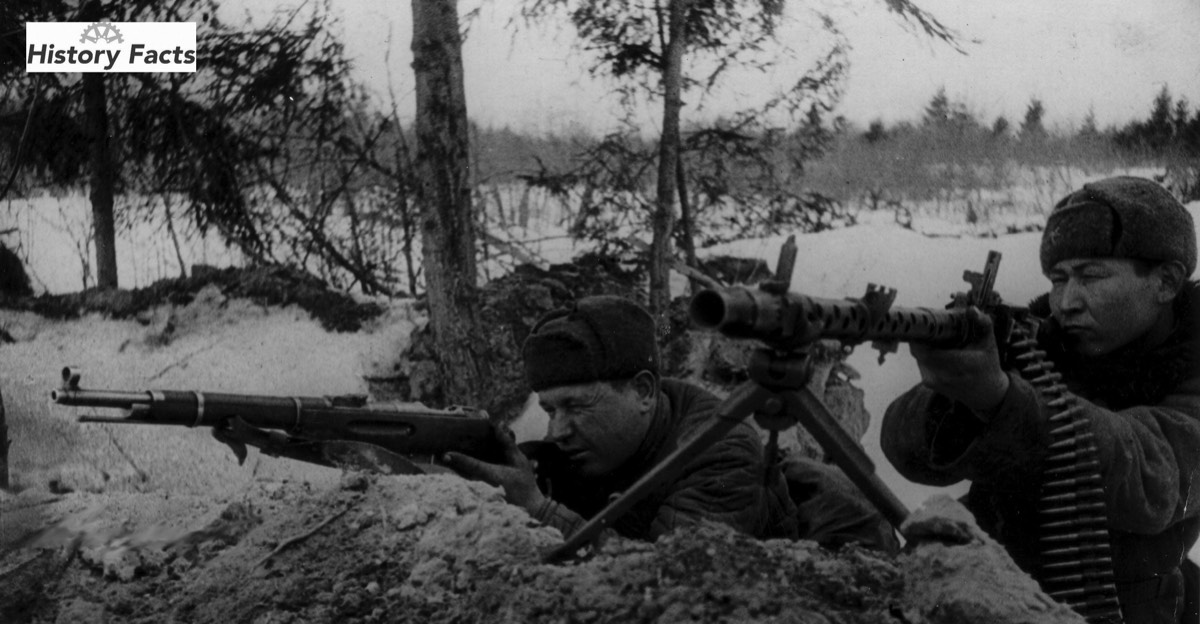
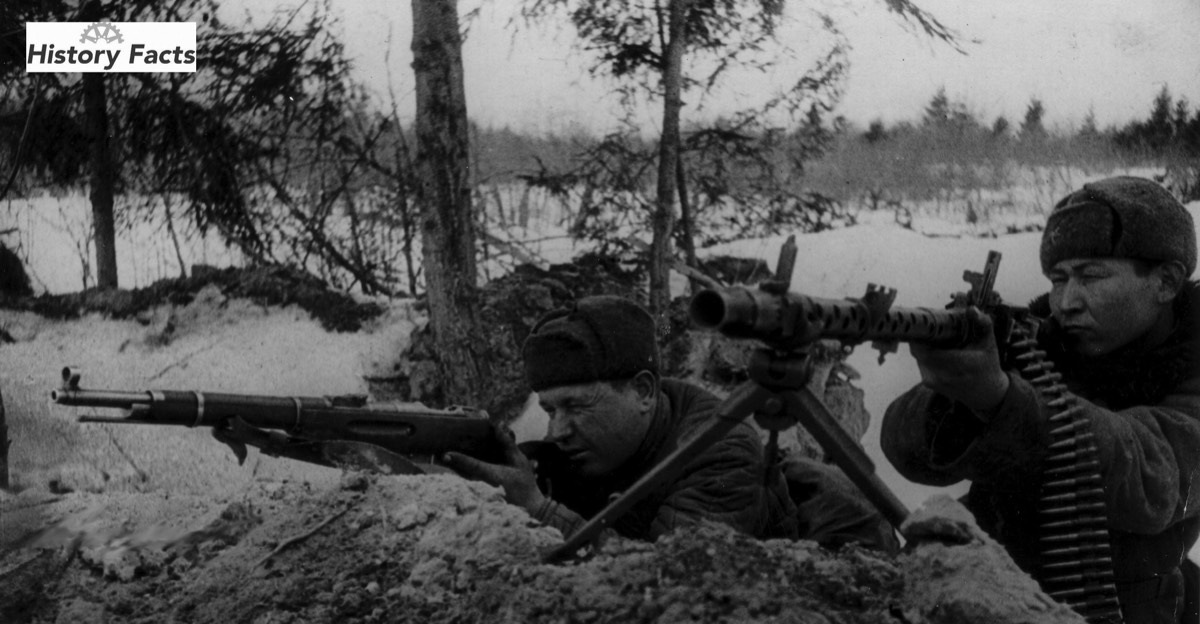
Turret No. III of the Battery Todt in 1979. Destroyed by a not that careful souvenir collector, probably handling ammunition.
Measures of the bunker: Outside Diameter 25 meters, inside high 10 meters, wall and ceiling at least 3.5 meters. (HF)
Measures of the bunker: Outside Diameter 25 meters, inside high 10 meters, wall and ceiling at least 3.5 meters. (HF)
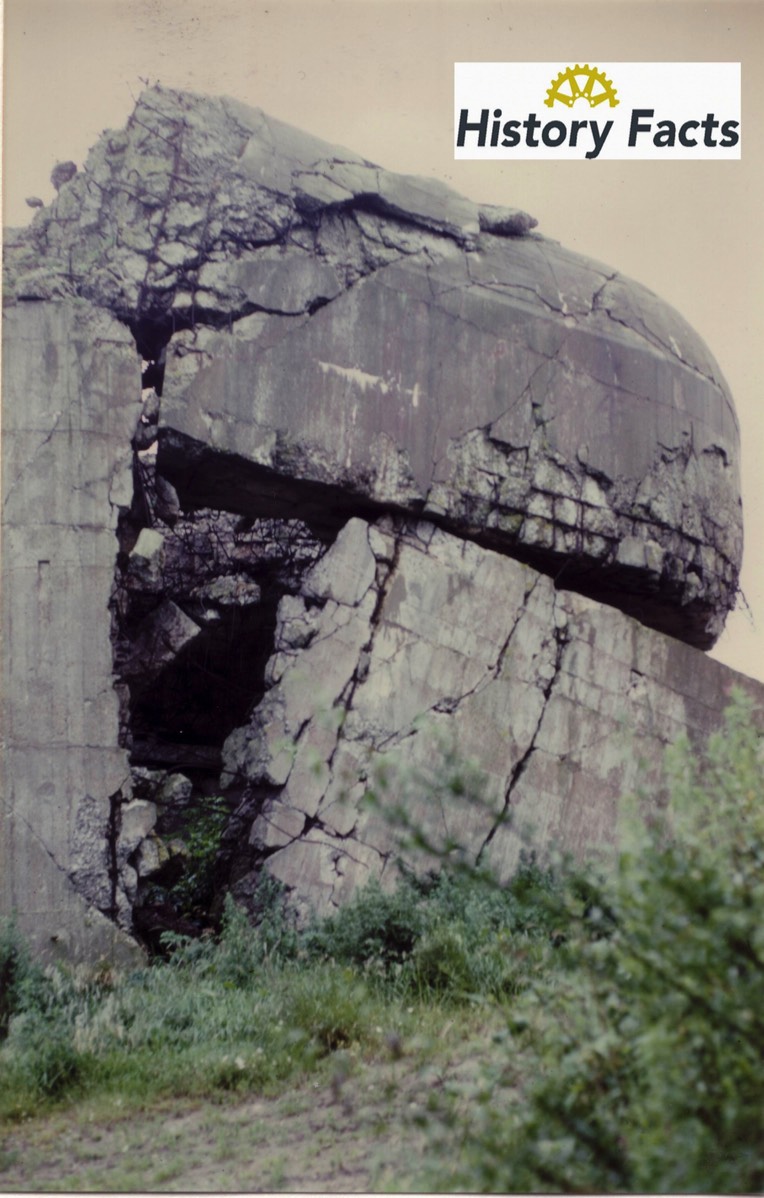
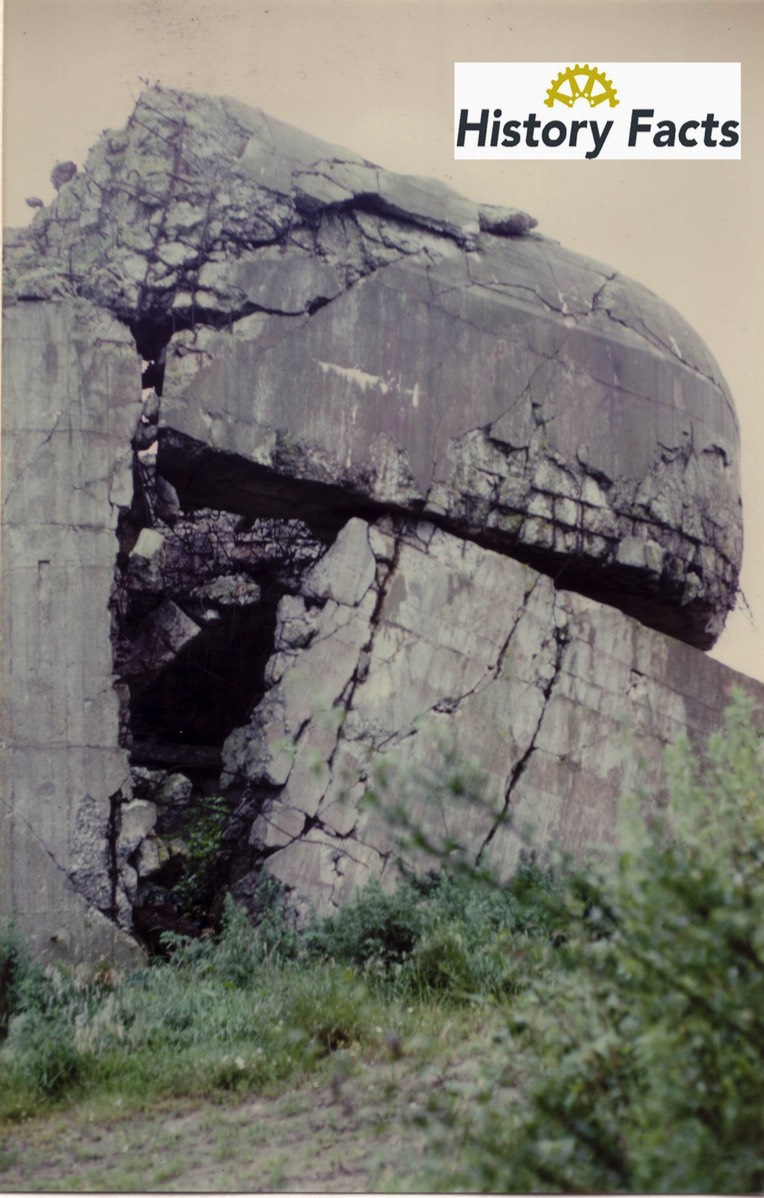
A Panzerkampfwagen II, Ausf C (type 6/LaS) – a German Mark II Tank – undertaken swimming tests in summer 1940. A couple of these vehicles were equipped with a boat like flotation equipment, for being engaged in the proposed invasion in England. This specific vehicle has the chassis number 26301. (HF)
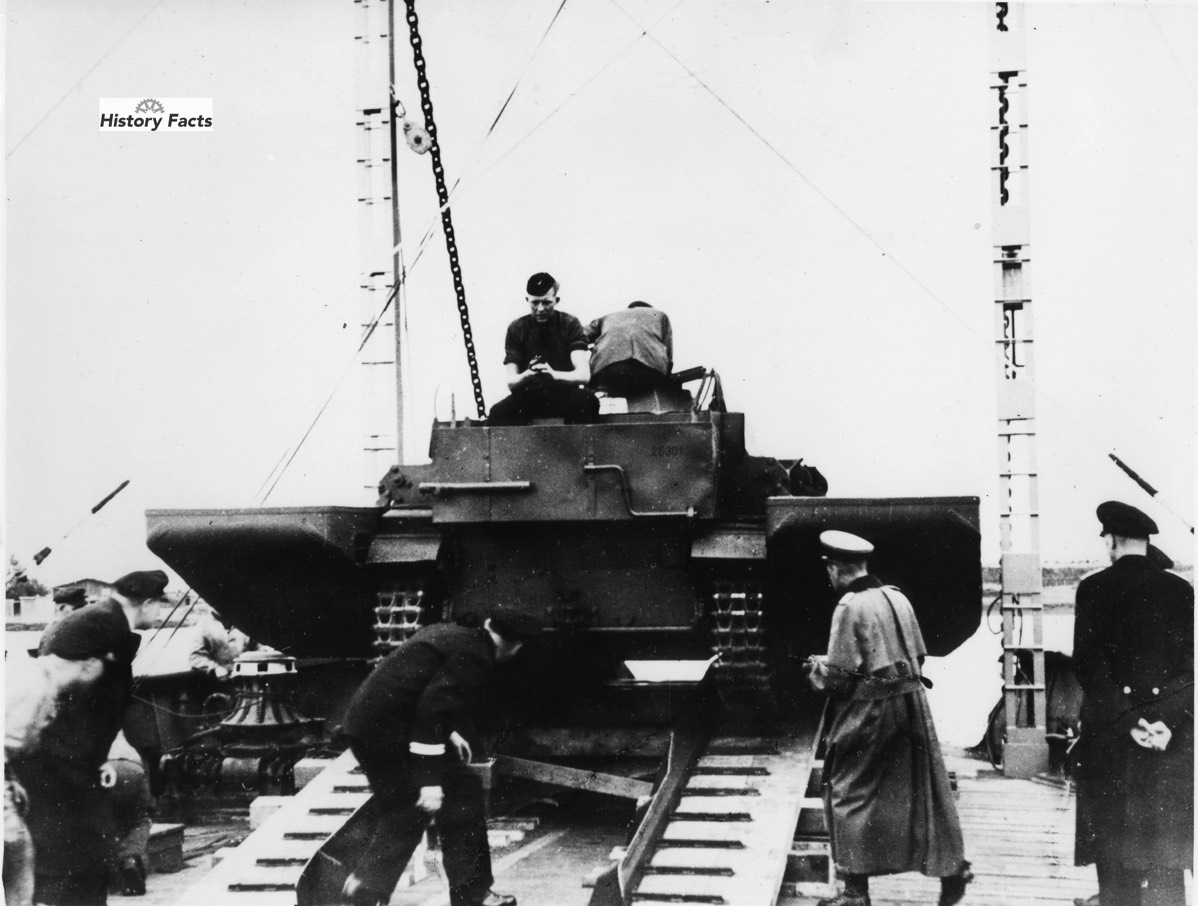
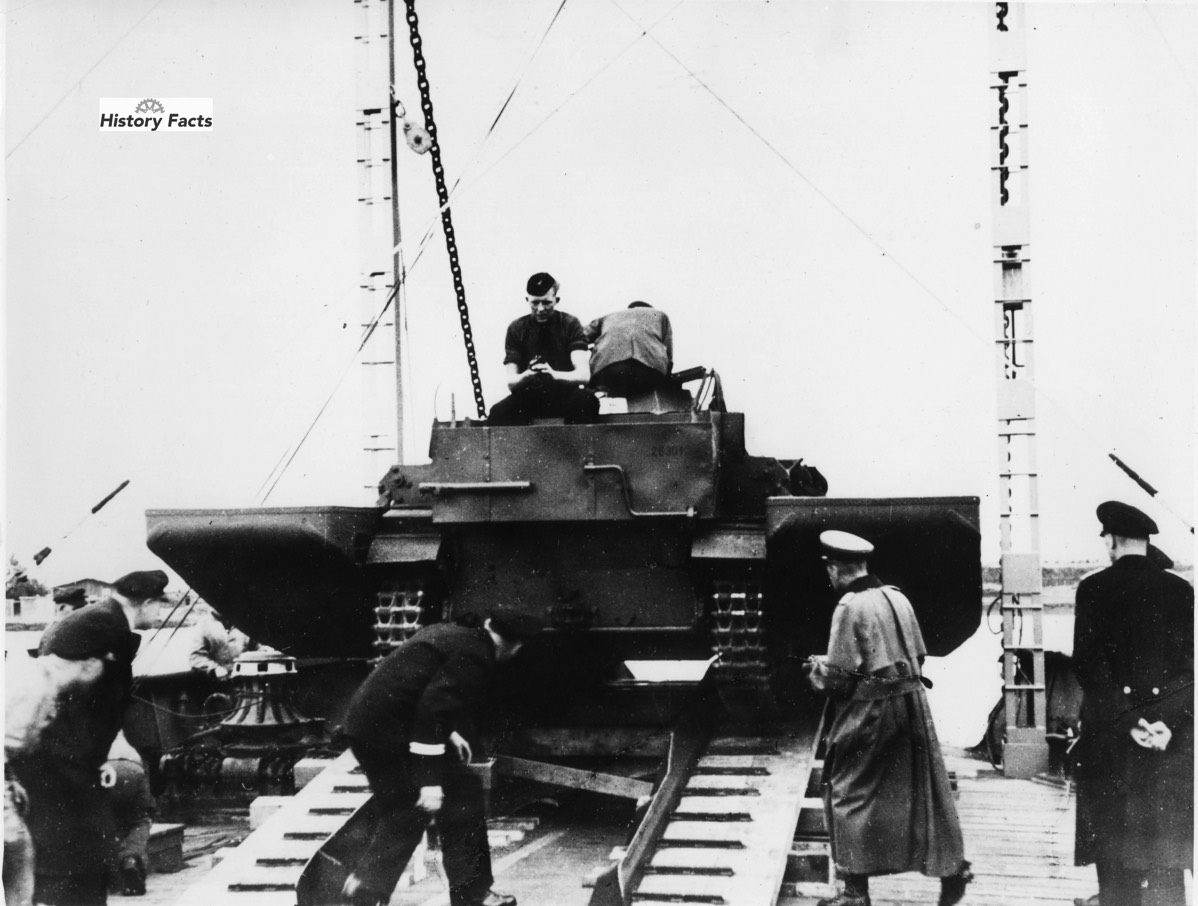
A group of heavy motorcycles on a trial run (March 10th to April 6th 1941). These heavy motorcycles with driven side cars were Zündapp KS 750 (751ccm) with 26 HP at 4000 r/min. They were produced 1940-1944. (HF)
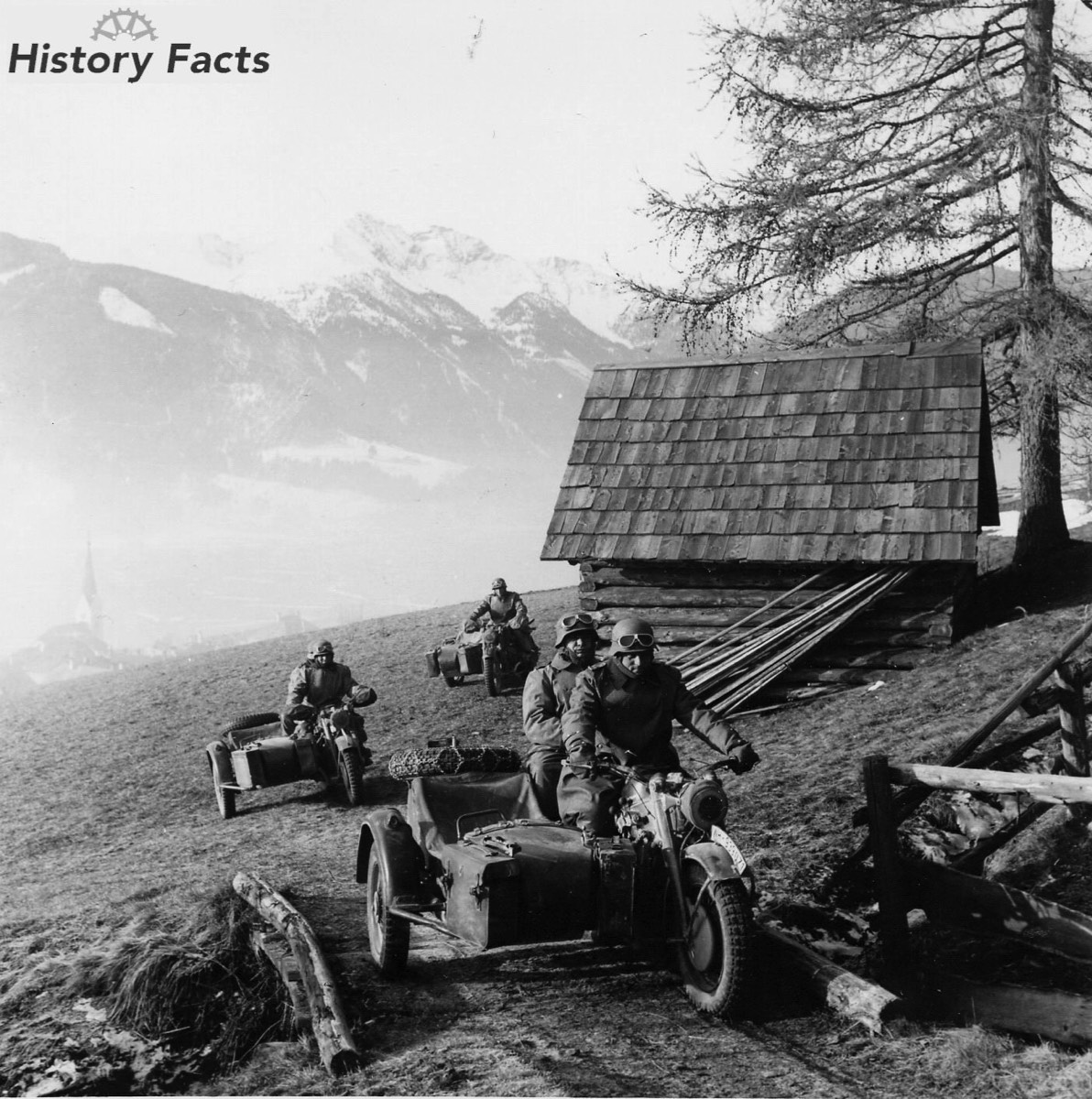
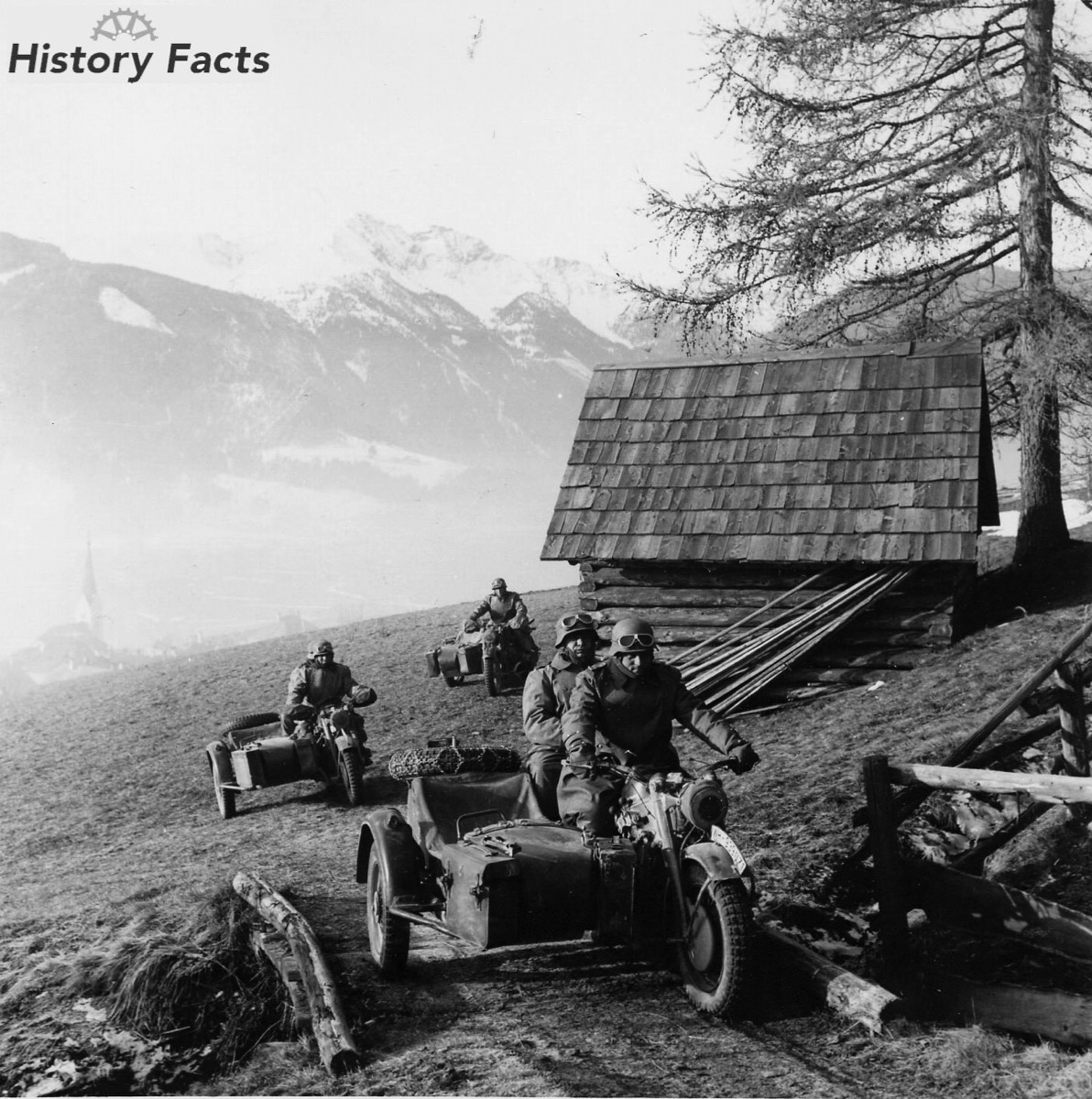
The Krupp clutch brake system of the Panzerkampfwagen I type A and B was quite simple in comparison with later used steering systems. To uncouple and to break at the same moment on the inner side of the bend drove the tank in the desired direction. On the right the plan oft that device. (HF)
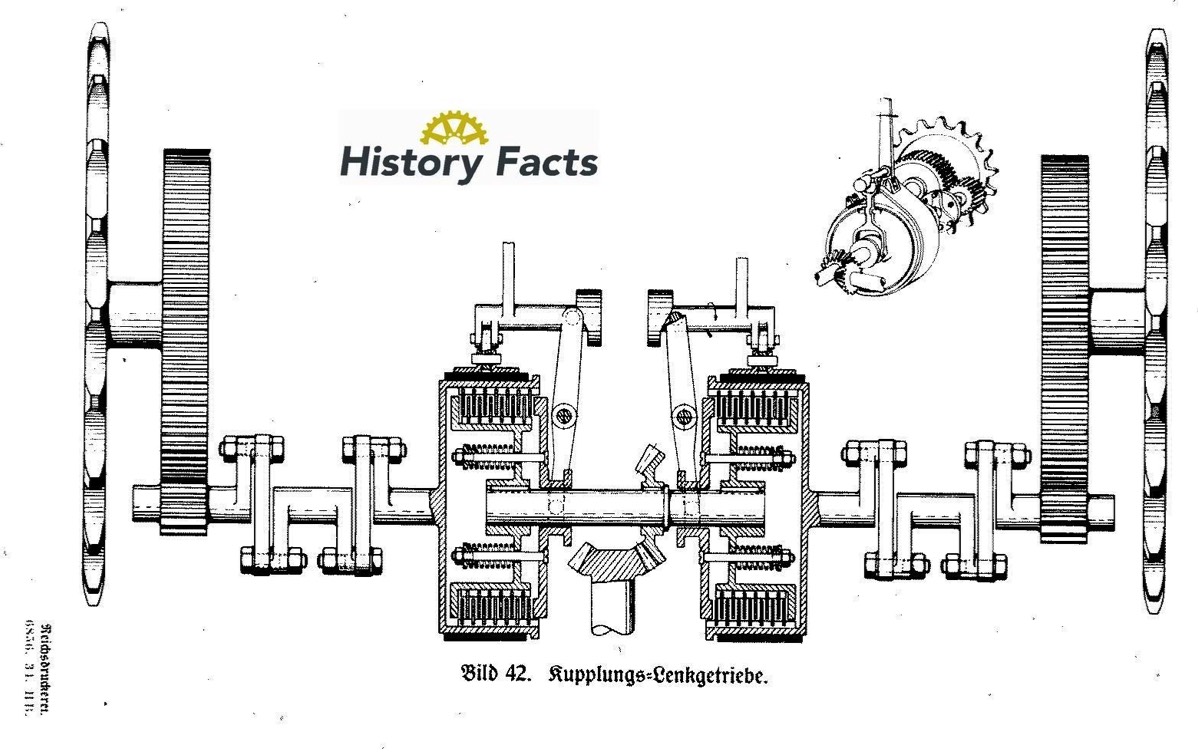
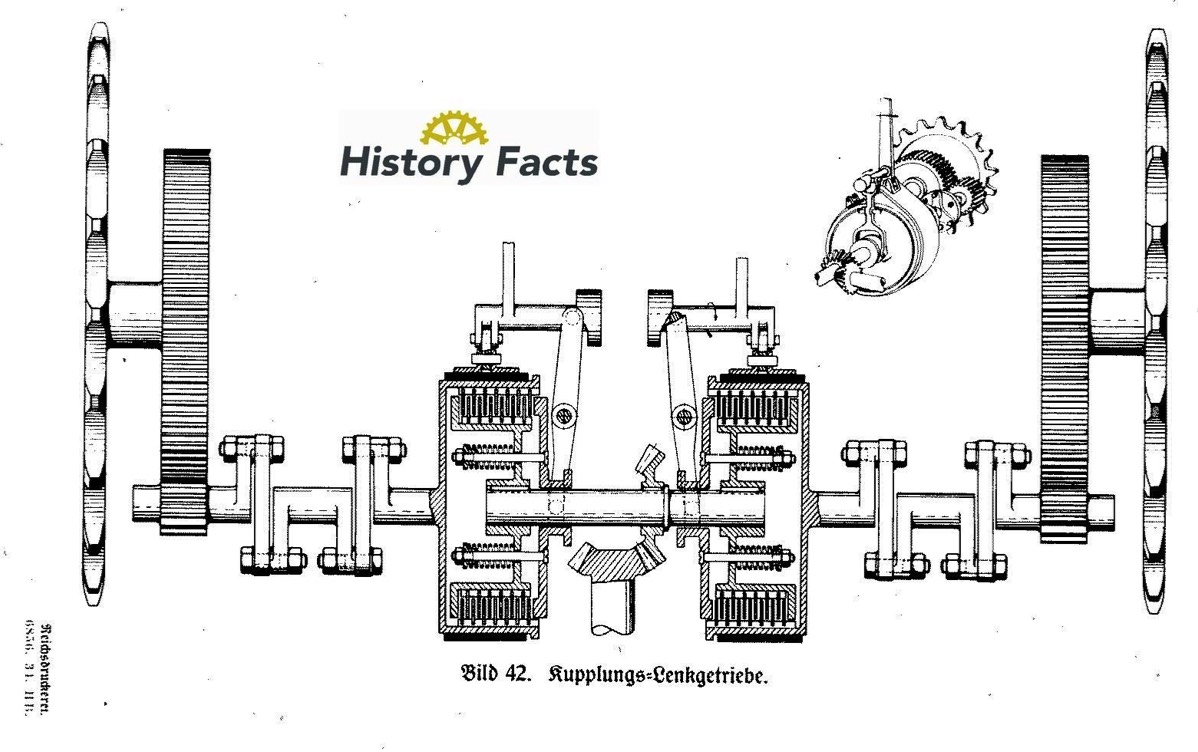
A Transparency out of a lesson for how to engage the German Bazooka „Panzerschreck“. This picture 52 shows how to transport five rockets by an infantryman. (HF)
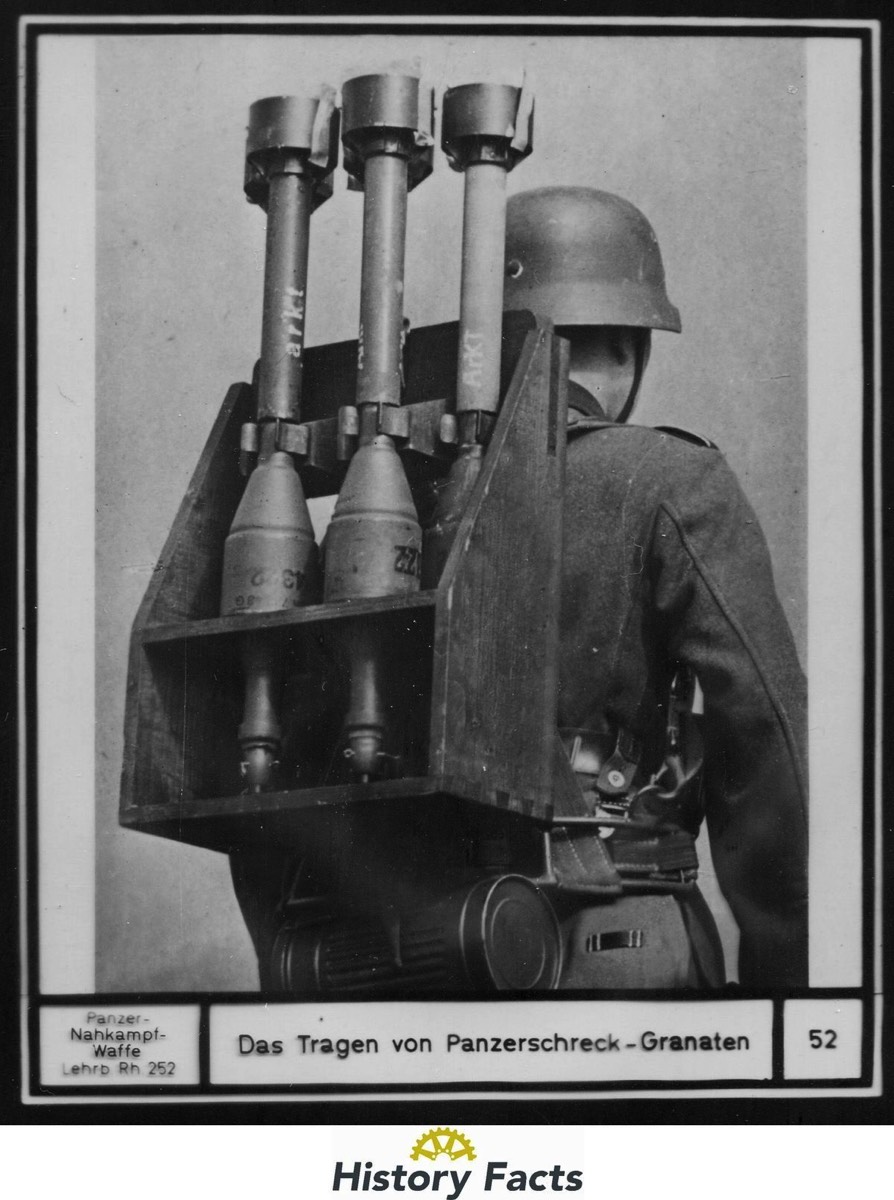
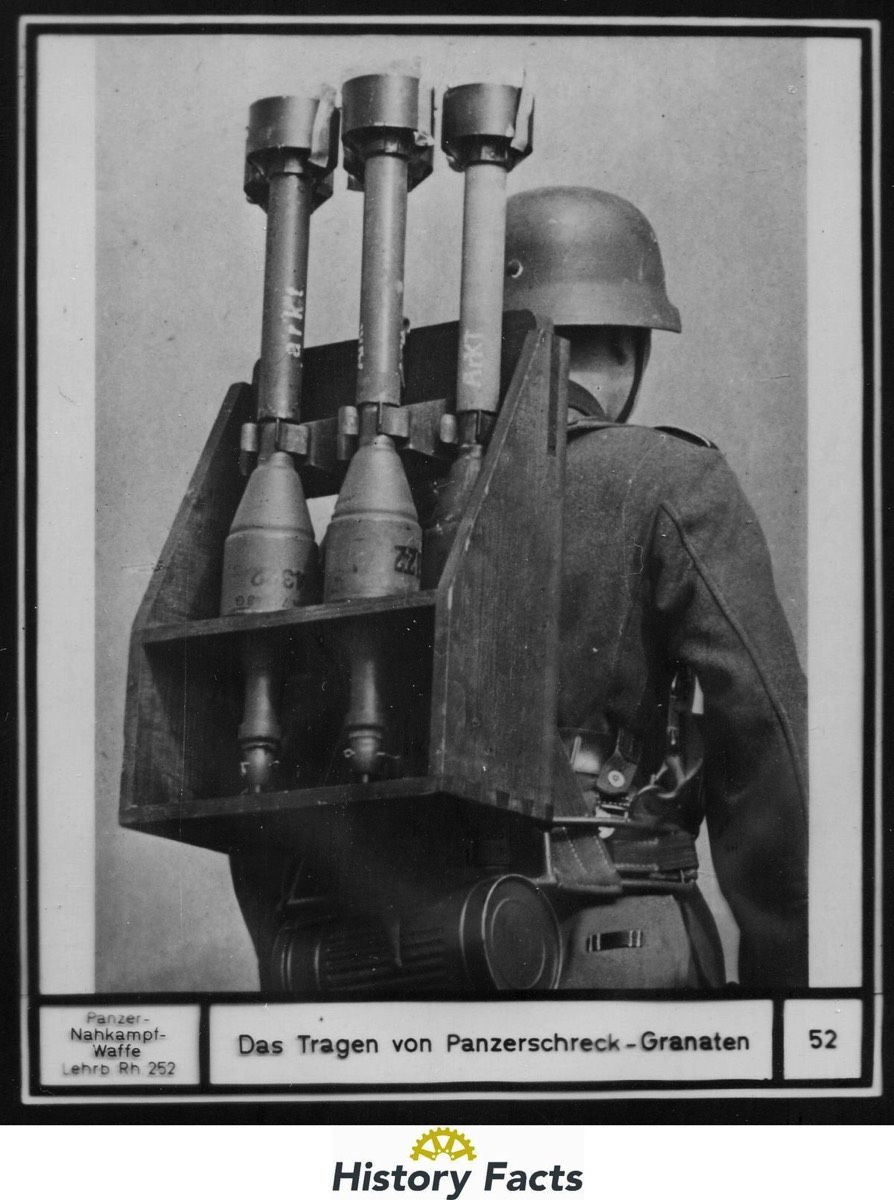
British tank MK VIII "Allied" or "Liberty" from the First World War Displayed at "The Tank Museum" in Bovington, Great Britain, taken approx. 1979 (HF)
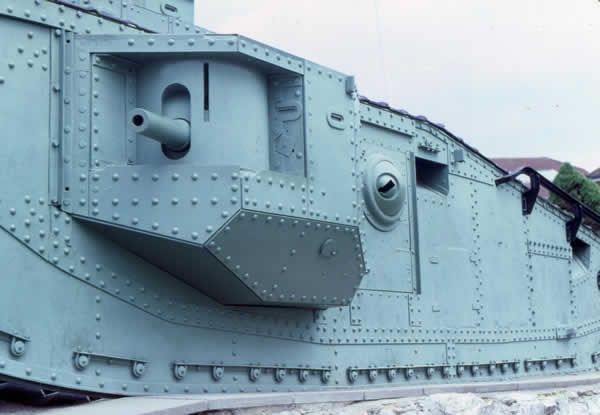
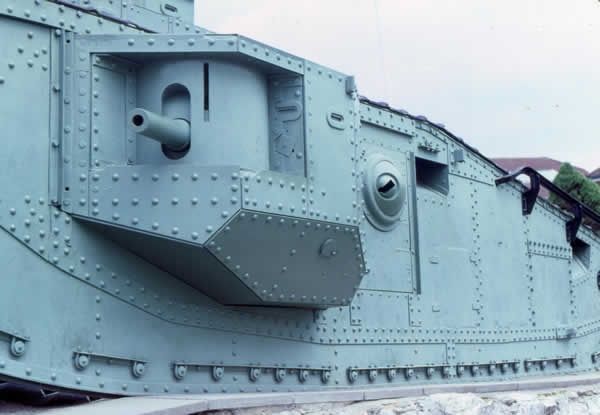
Findings provided by History Facts Archive
On this page we present several findings from our archive, that need some special attention. They will be commented shortly and presented as downloadable documents or pictures.
These items don't get together in terms of content nor time, they are just found and presented randomly.
Findings in chronological order, latest found item shown first.
On this page we present several findings from our archive, that need some special attention. They will be commented shortly and presented as downloadable documents or pictures.
These items don't get together in terms of content nor time, they are just found and presented randomly.
Findings in chronological order, latest found item shown first.
Drawing of a German 50 kg bomb of WW II, with overview and details of fixing hook an fuze. Further drawings - up to the heaviest bombs - are available at History Facts: just ask.
Source: Munitionsmappe : 1943
Source: Munitionsmappe : 1943
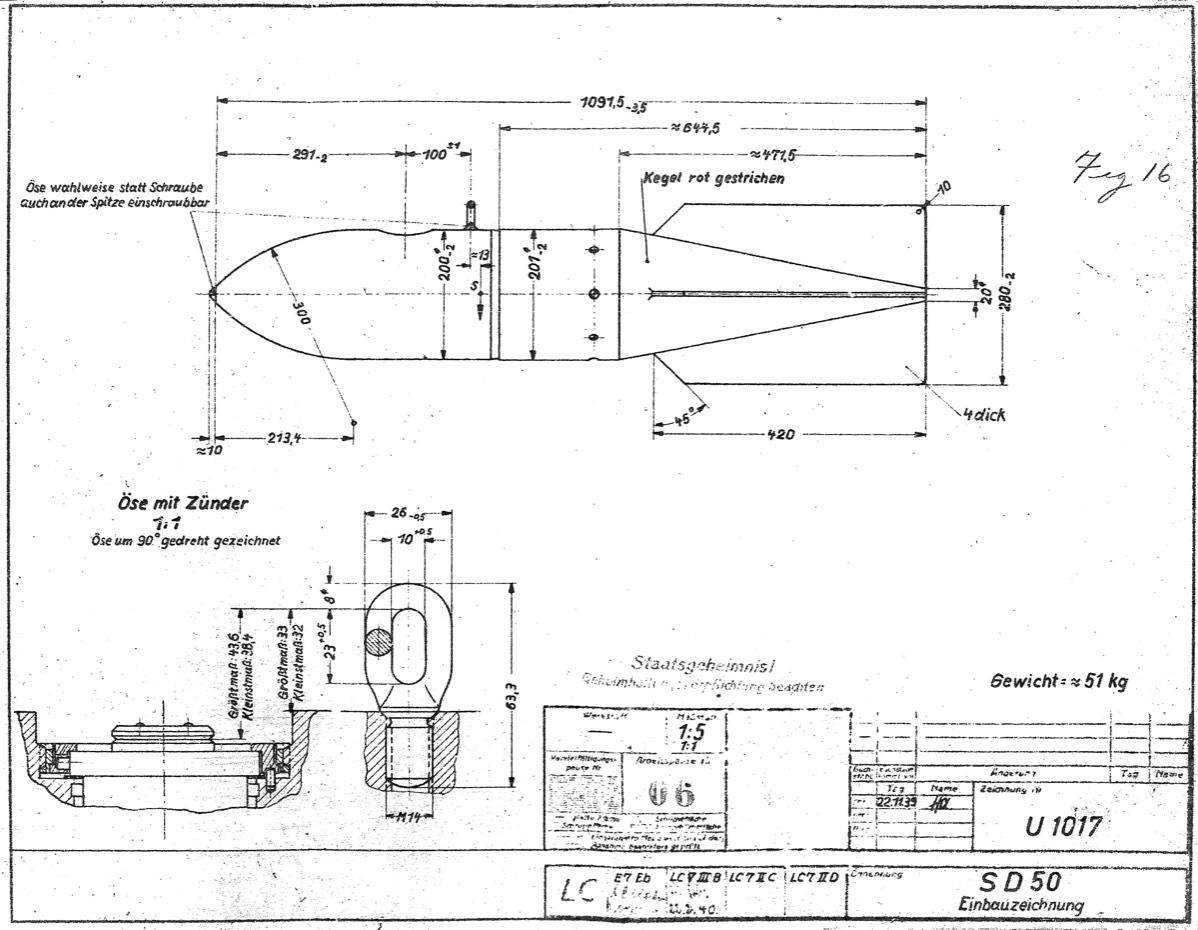
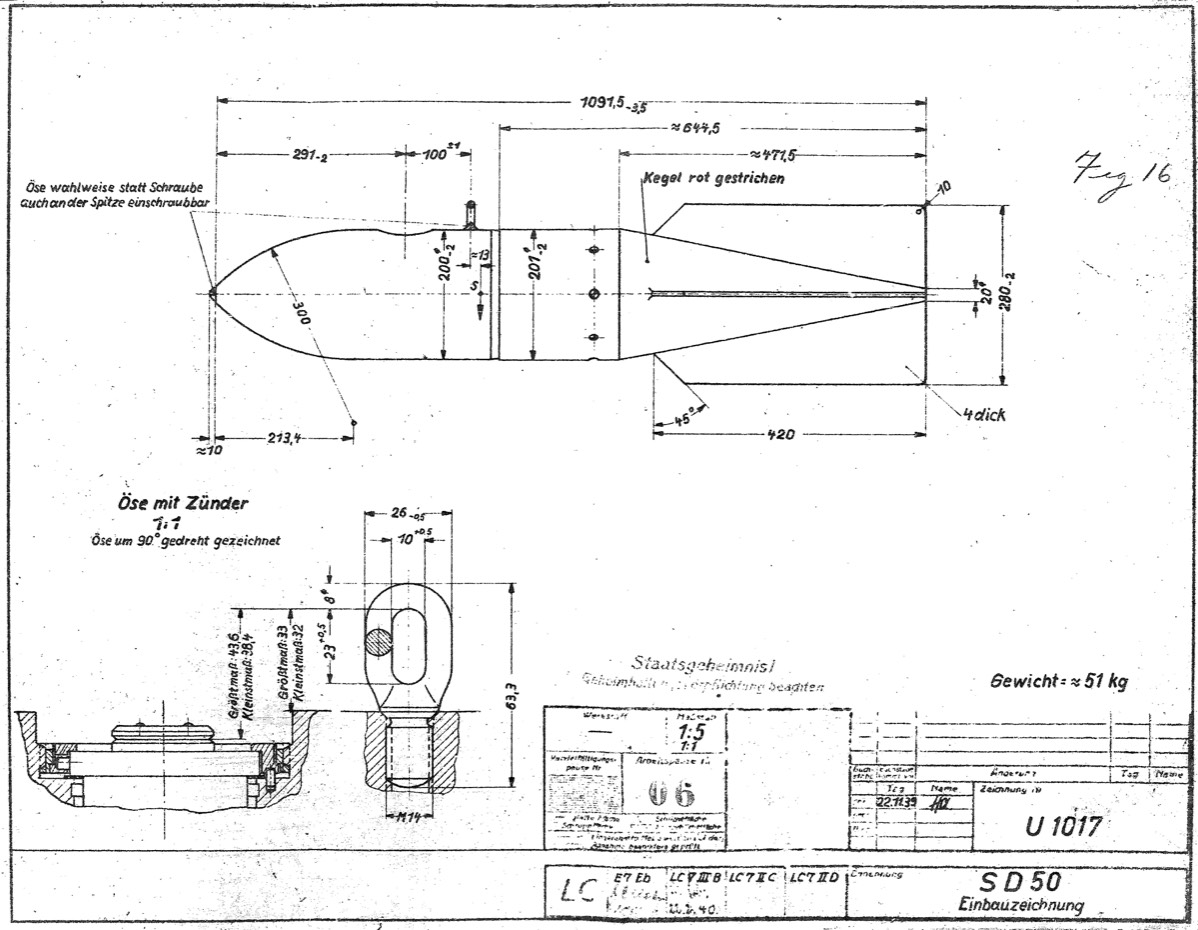
In summer 1943 the Sturmgeschütz III Ausführung D (Assault Gun) with chassis number 90683 was examined in England. The vehicle was manufactured by Alkett and accepted by the German armament office in August 1941. First it was in action in Greece. In spring 1942 it was, fittet with special equipment for hot territories, moved to middle east, where it was in action with the German Afrikakorps. After approx. 1700 miles (2700 km) the vehicle was captured by British troops.
The plans show at the right were part of the report about this vehicle. They were drawn after the vehicle as it was there and show the typical layout of a Sturmgeschütz Ausführung D, ans some of the special features of the vehicles fittet for Africa, as the air openings on the engine deck and the additional brackets for spare wheels. The drawings are simplifying a lot and don't show all details.
Source: D.T.D. Project No. V. 7083, D.T.D. No. 3011 : Preliminary Report on German 7.5 cm Sturmgeschütz (Stu. G. 7.5 c.m.K.) : 10.1943
The plans show at the right were part of the report about this vehicle. They were drawn after the vehicle as it was there and show the typical layout of a Sturmgeschütz Ausführung D, ans some of the special features of the vehicles fittet for Africa, as the air openings on the engine deck and the additional brackets for spare wheels. The drawings are simplifying a lot and don't show all details.
Source: D.T.D. Project No. V. 7083, D.T.D. No. 3011 : Preliminary Report on German 7.5 cm Sturmgeschütz (Stu. G. 7.5 c.m.K.) : 10.1943
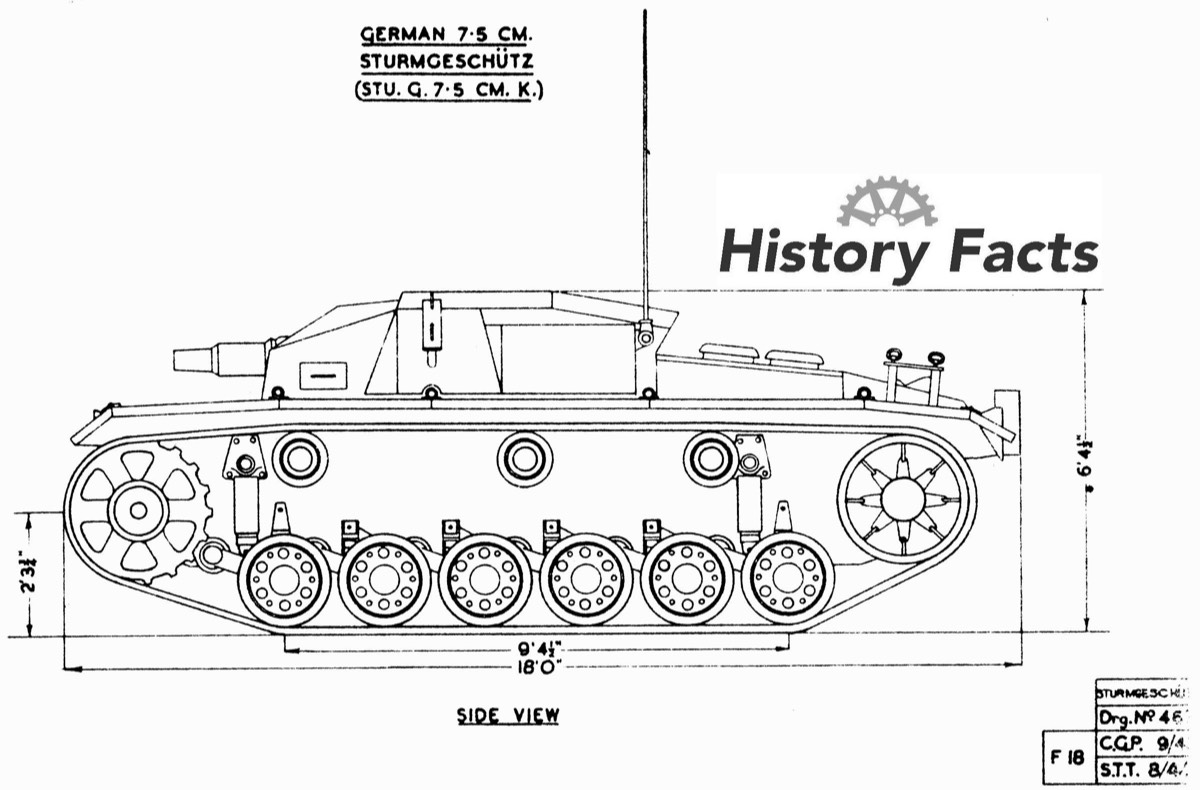
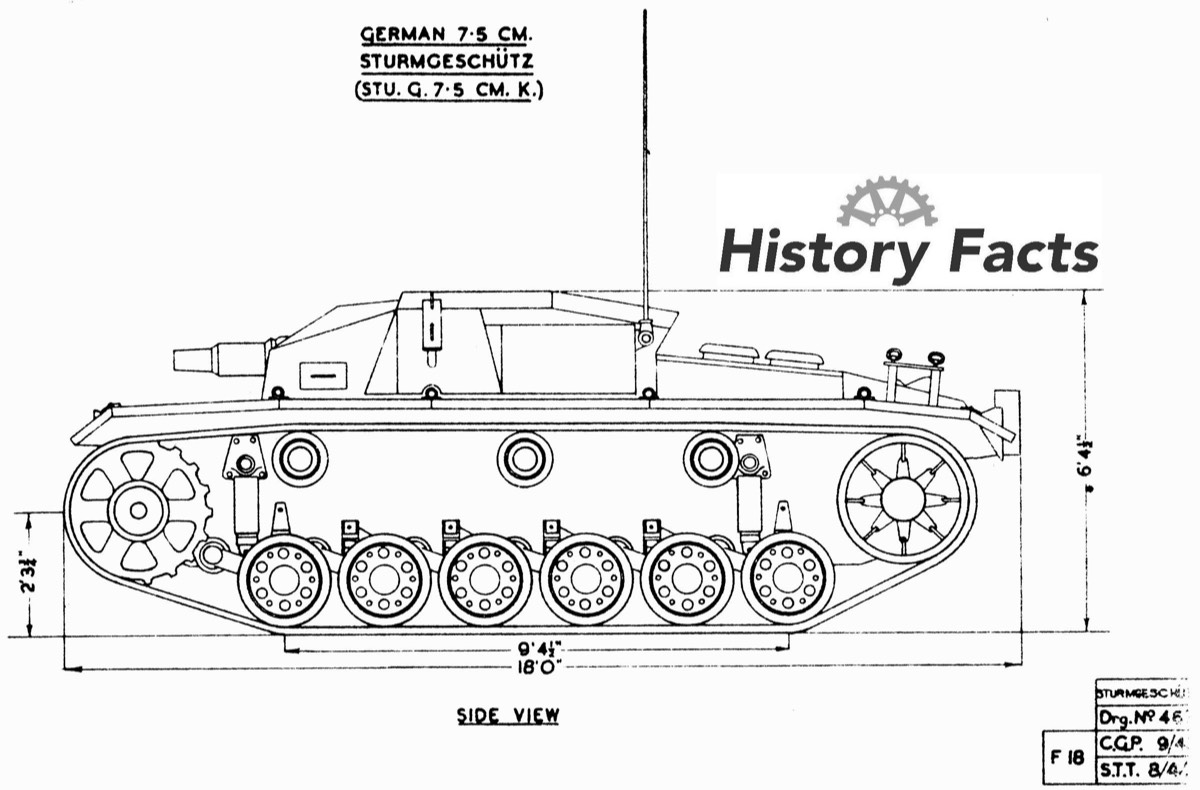
This document shown, written by the British control commission for Germany, gives us a very clear information, where in Schleswig-Holstein what type of aircraft in which quantity was captured at the end of World War II.
Of particular interest for us was the information, that from the Volksjäger Heinkel He 162 in Husum 26, in Leck 27 und in Lütjenholm 2 planes were found. Some of them are in museums today.
Source: Control commission for Germany (British Element) : Air division intelligence bulletin no. 1 / Order of Battle and Strength of G.A.F. / Flying Units in Schleswig-Holstein an Denmark as at 7th May 1945 : 6.7.1945
Of particular interest for us was the information, that from the Volksjäger Heinkel He 162 in Husum 26, in Leck 27 und in Lütjenholm 2 planes were found. Some of them are in museums today.
Source: Control commission for Germany (British Element) : Air division intelligence bulletin no. 1 / Order of Battle and Strength of G.A.F. / Flying Units in Schleswig-Holstein an Denmark as at 7th May 1945 : 6.7.1945
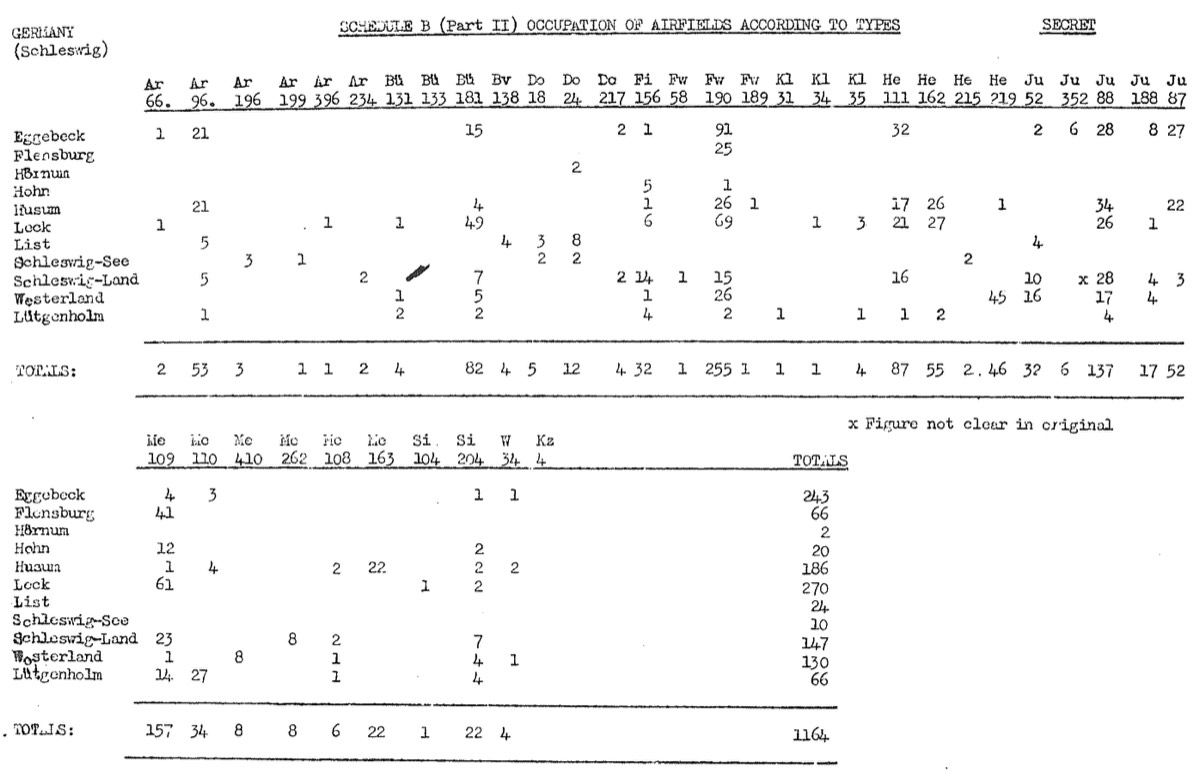
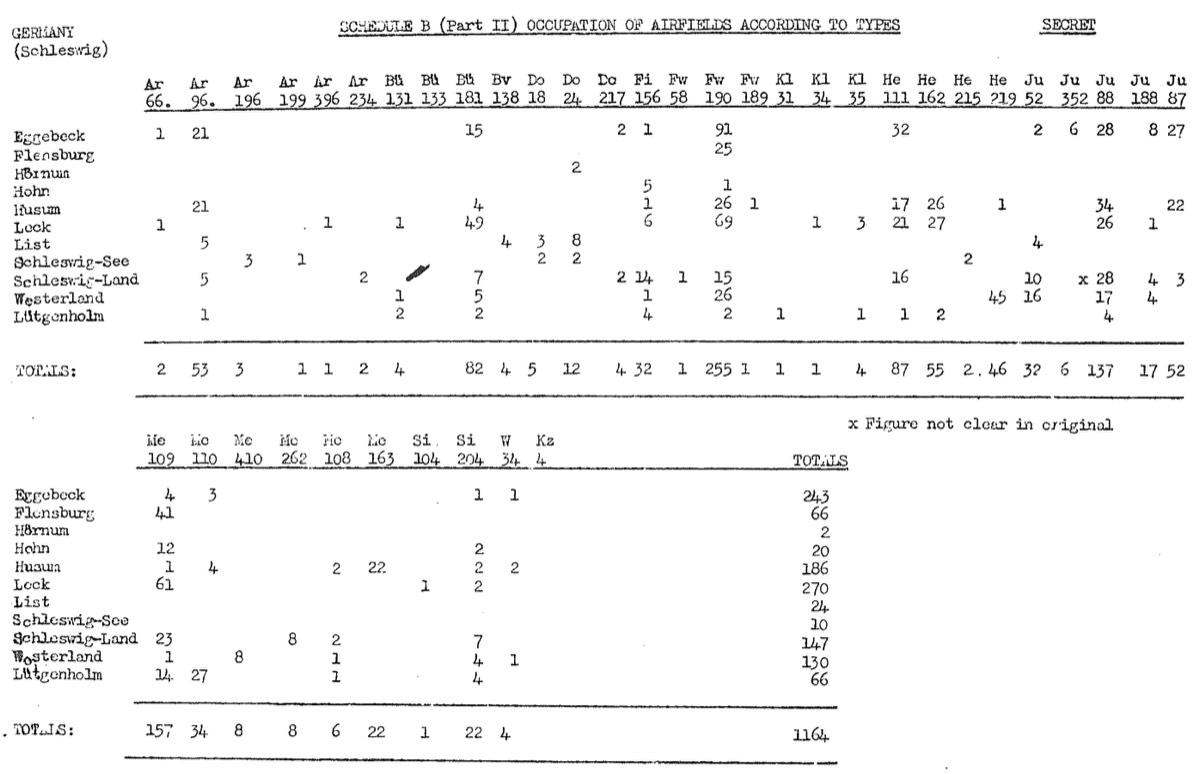
Drawing of a 3.7 cm Fuze (HF)
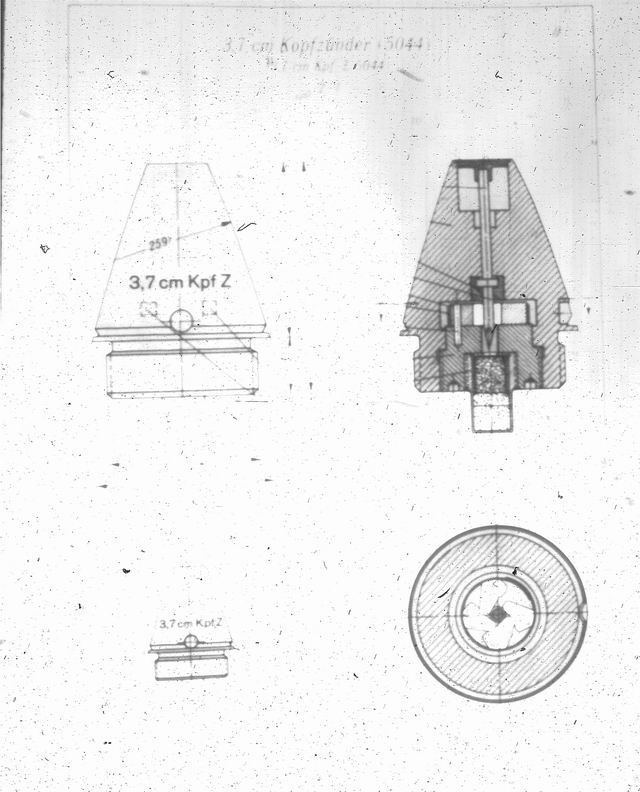
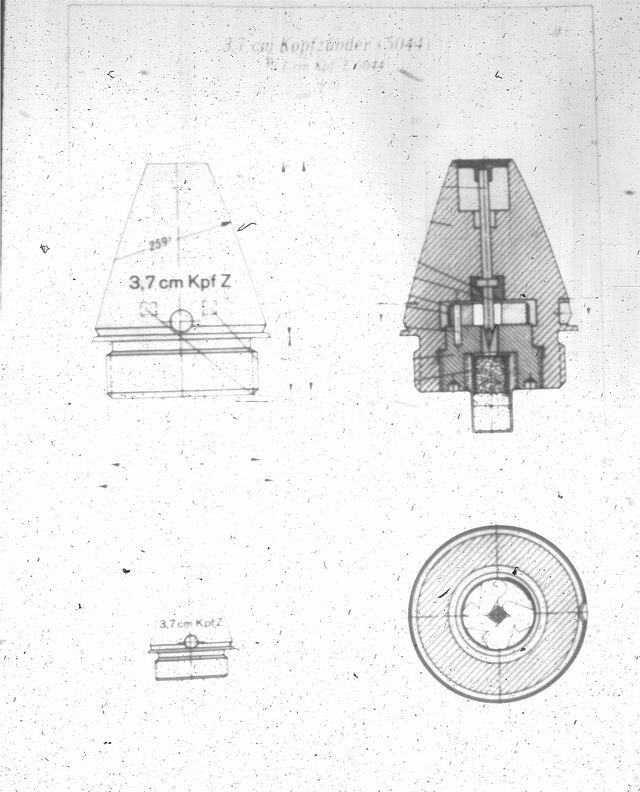
Destructive testing the Focke-Wulf Fw 190 V5 (HF)
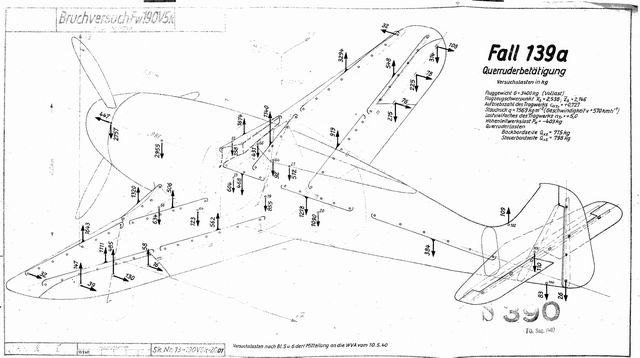
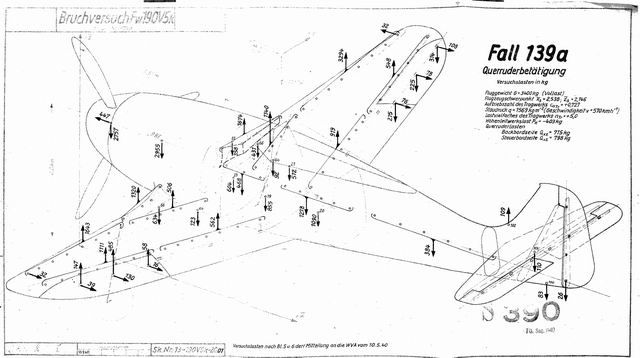
A grenade for a mortar "Karl" is being unloaded from a Munitionspanzer IV (ammunition tank Mk. IV) (HF)
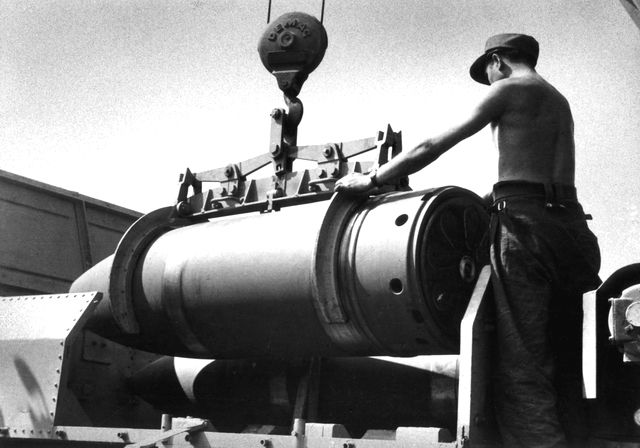
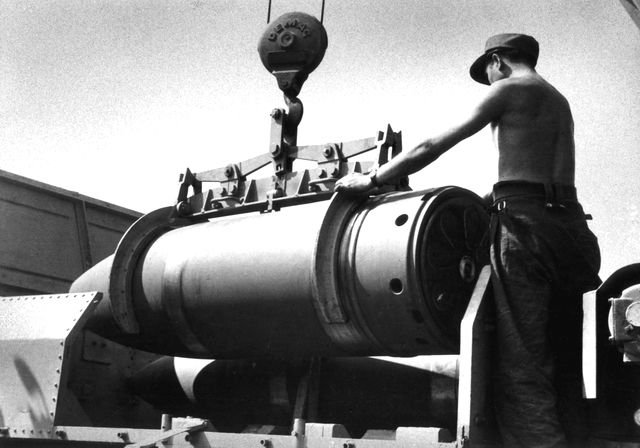
A double muzzle break as used with the German 7,5 cm L/48 guns (HF)
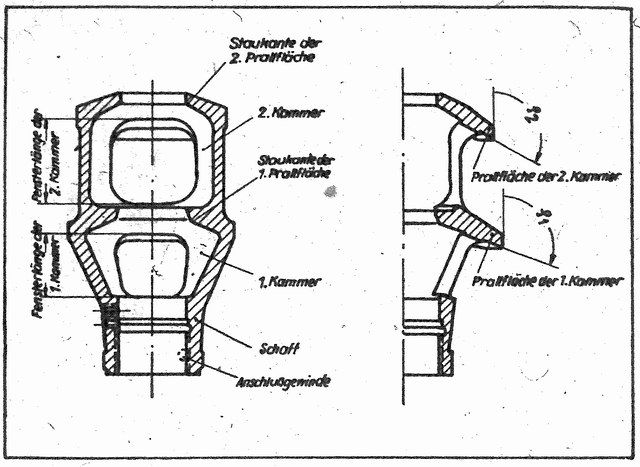
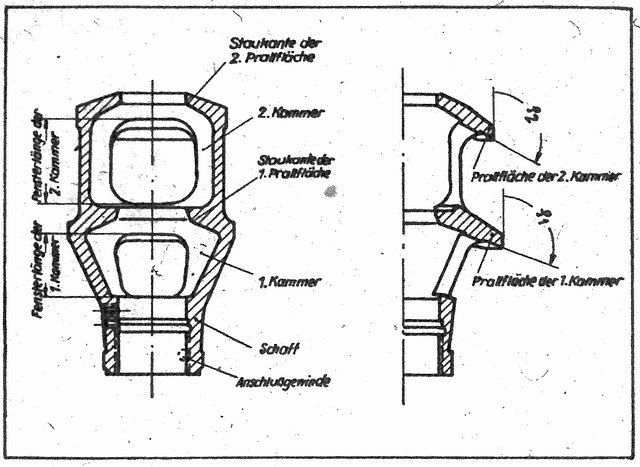
An after war Scetch of a jet engine aircraft, called "Heinkel T" (HF)
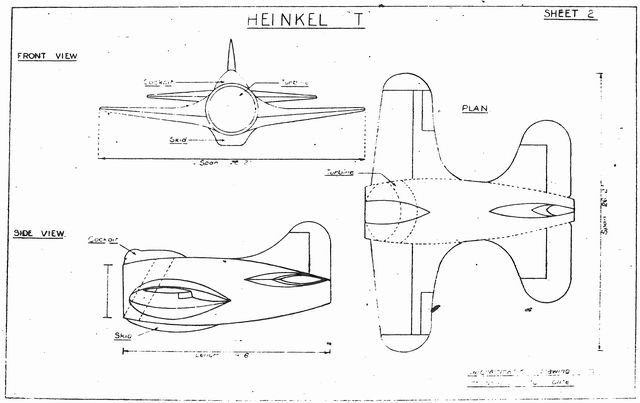
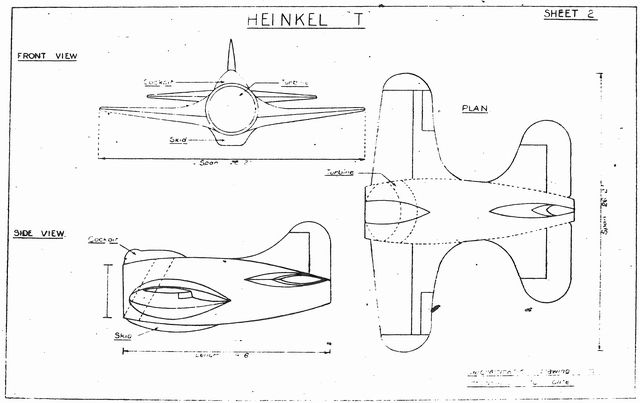
The Town Rostock in northern Germany with its bomb damages up to August 26th 1944(HF)
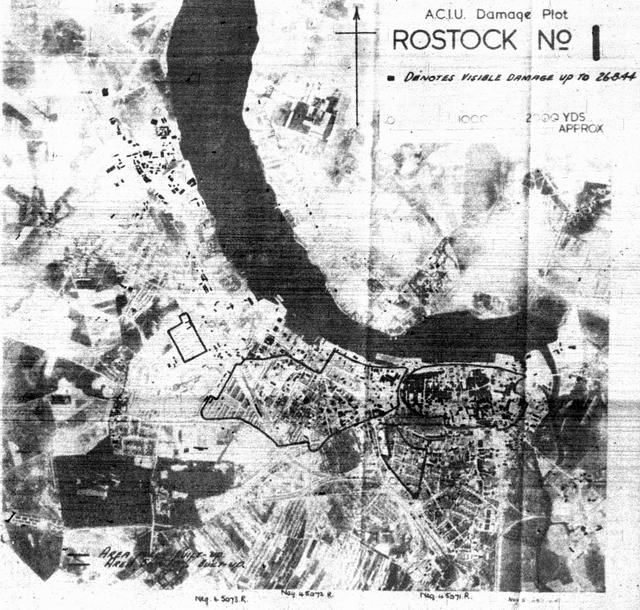
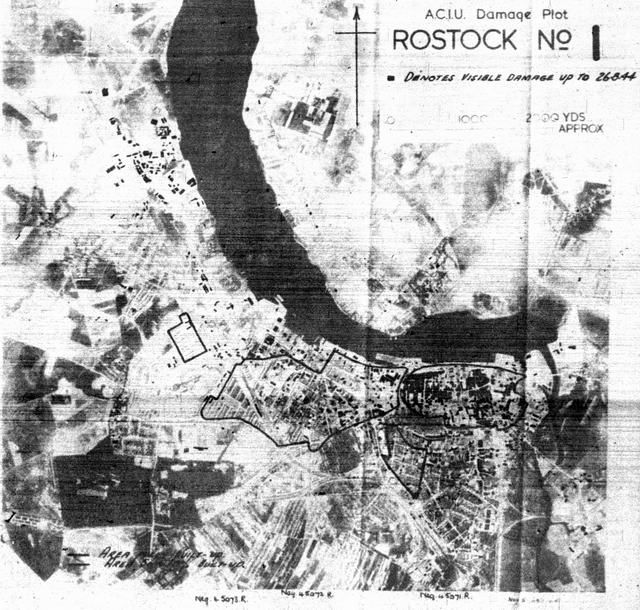
Short manual was glued on the combat head of the Panzerfaust (HF)
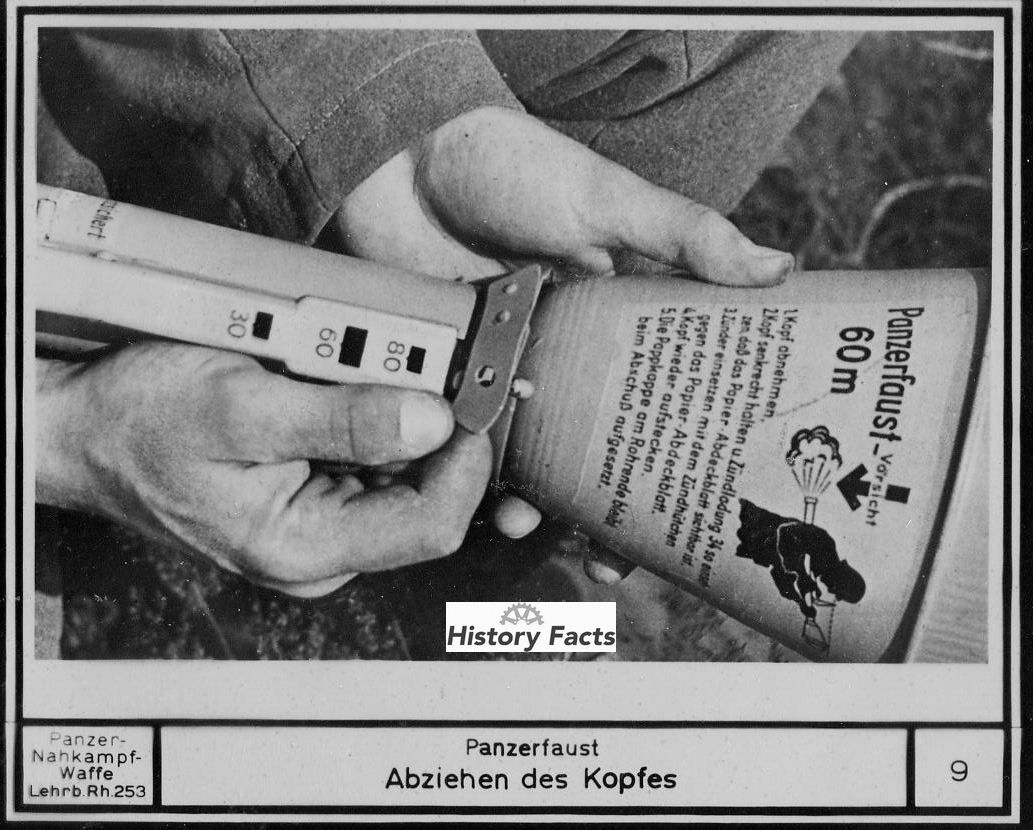
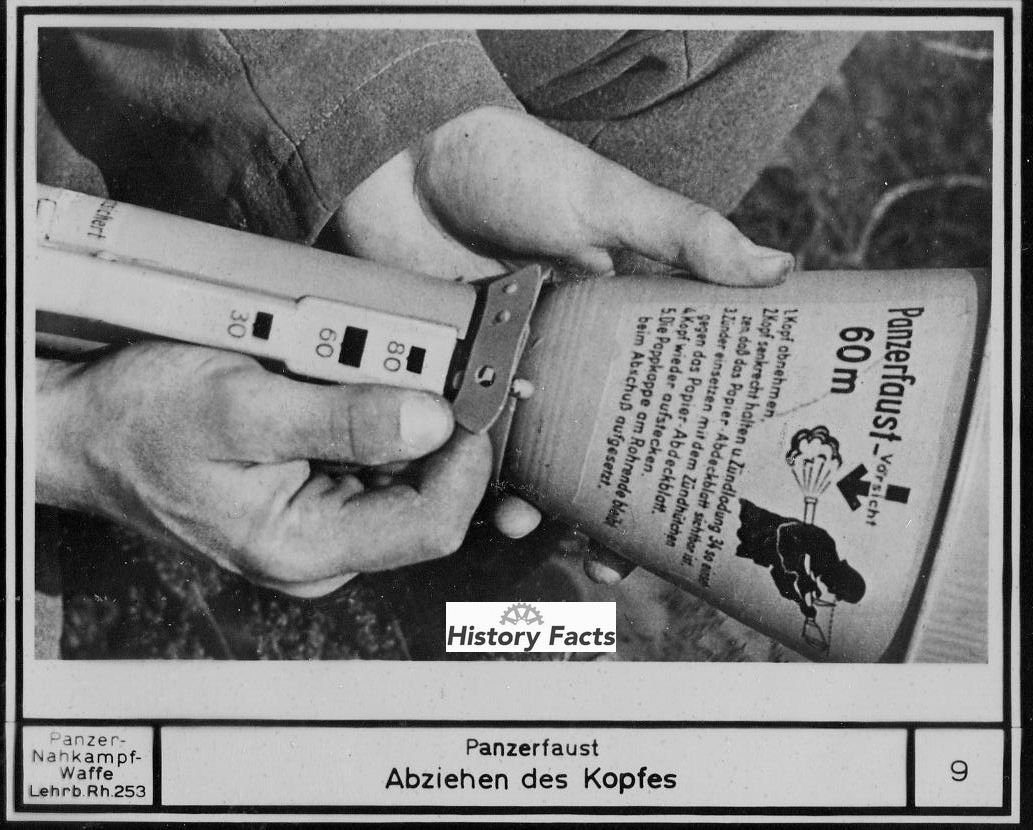
Views of the Projekt II of the German airplane company Focke Wulf (HF)
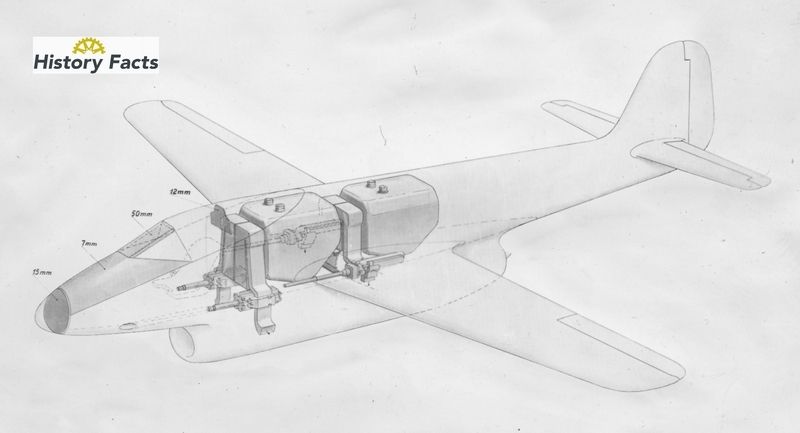
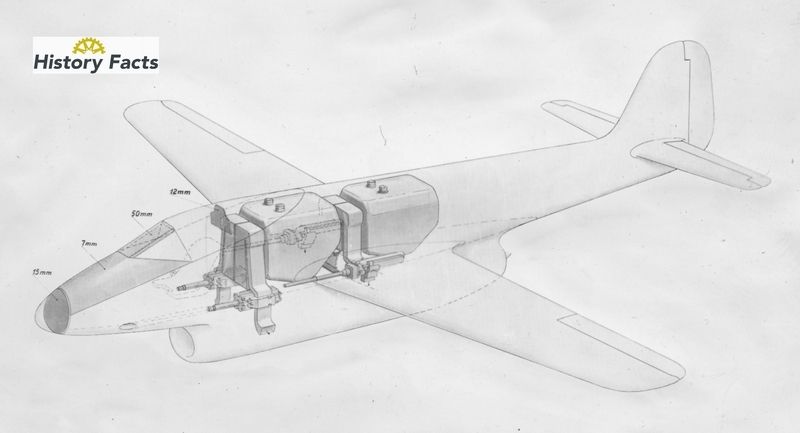
Junkers Ju 88 (HF)
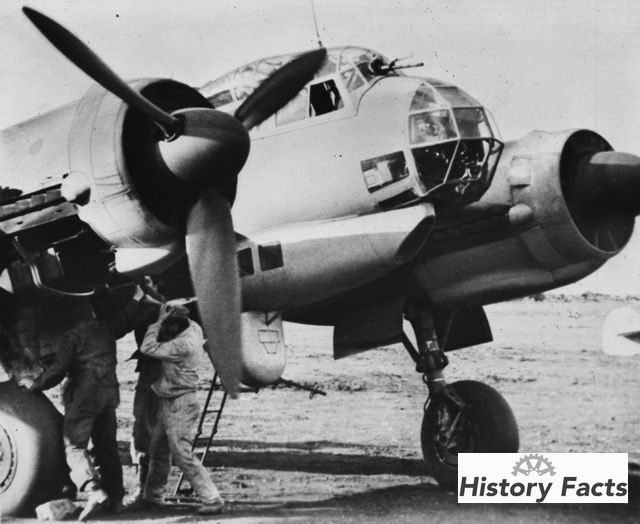
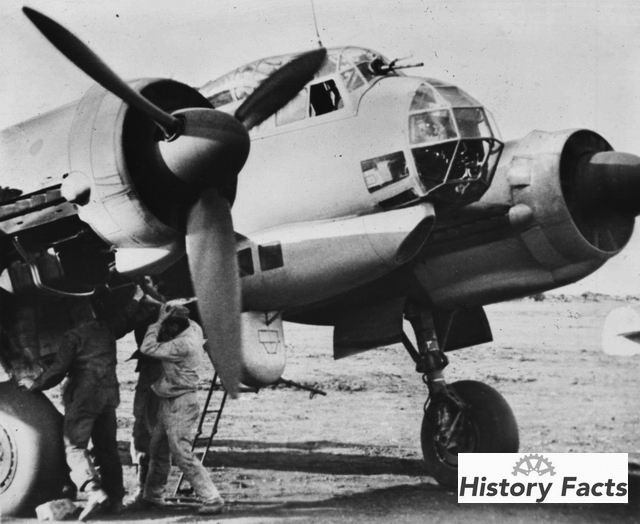
A very dirty picture of a Munitionspanzers IV [ammunition carrier], Ausf D for Moerser Karl (HF)
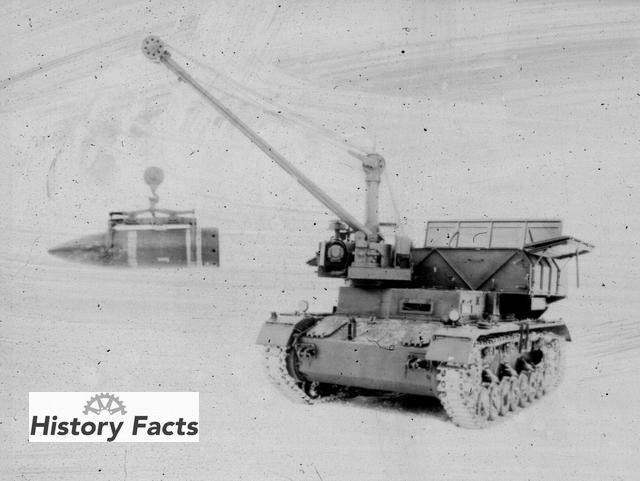
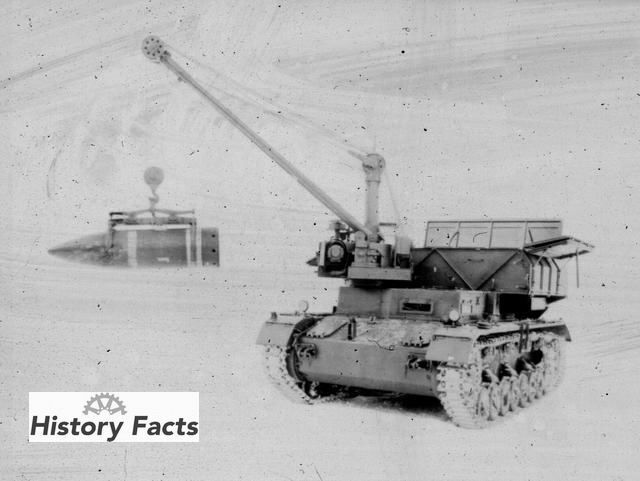
Ulm, at is was approx. 1947 (HF)
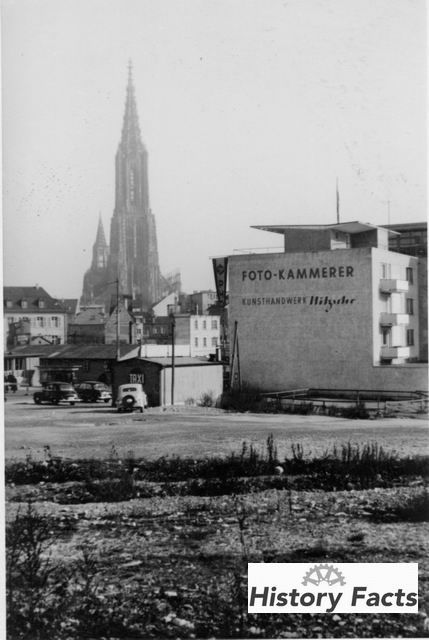
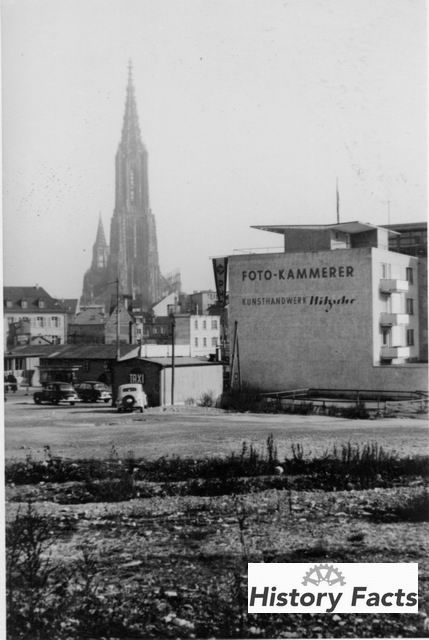
Build together plan for the fuselage of a Messerschmitt Me 163 B (HF)
